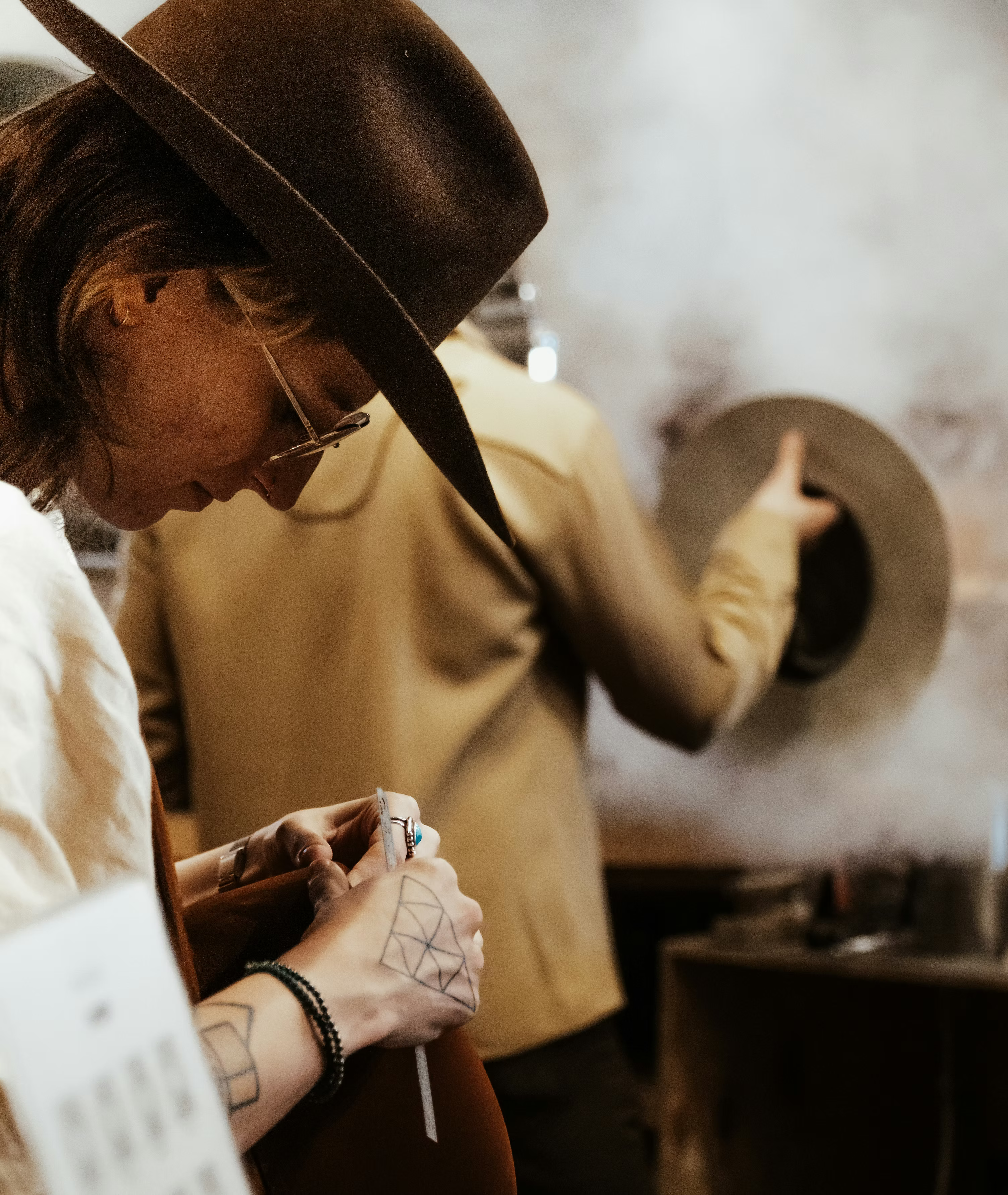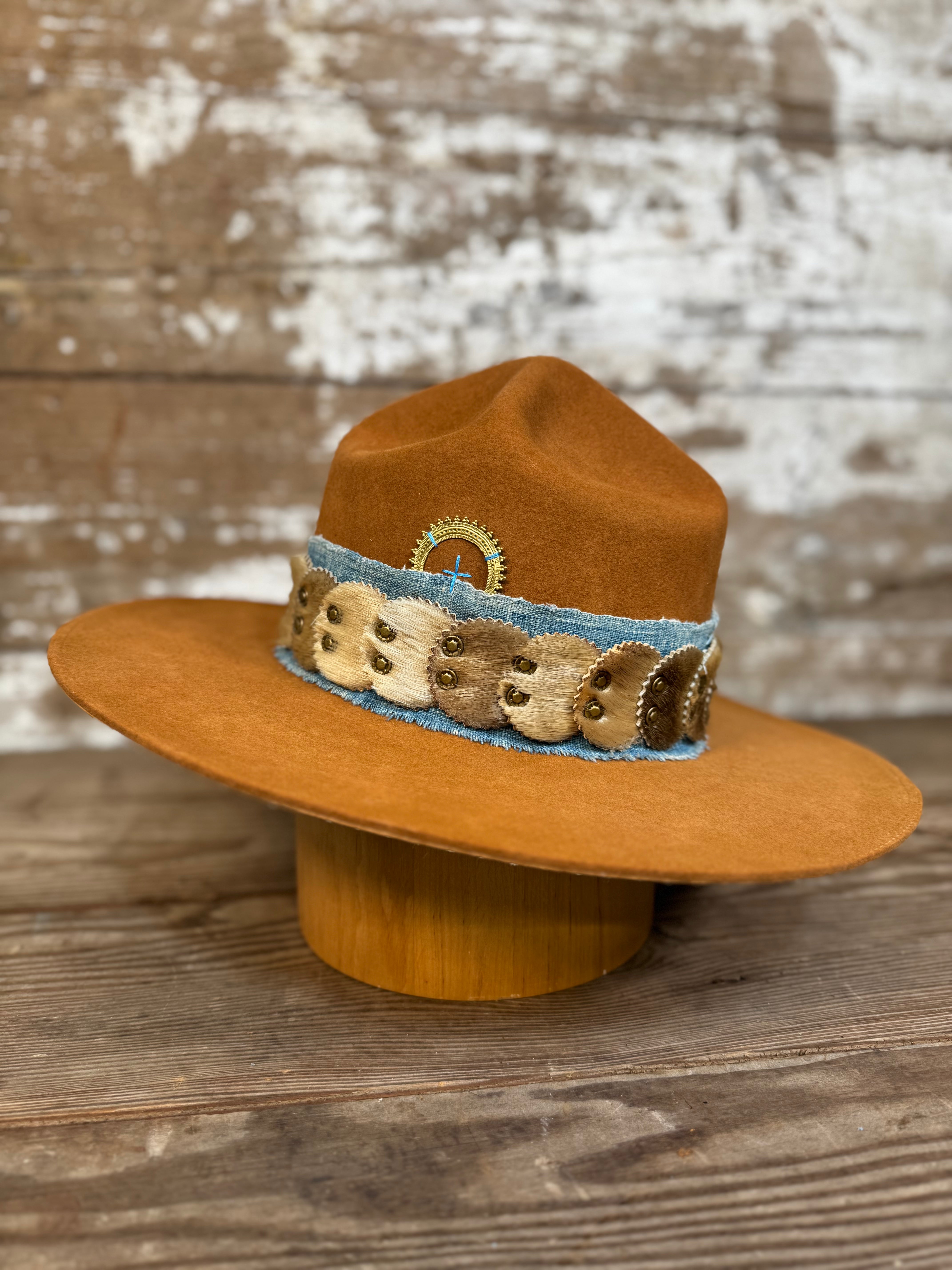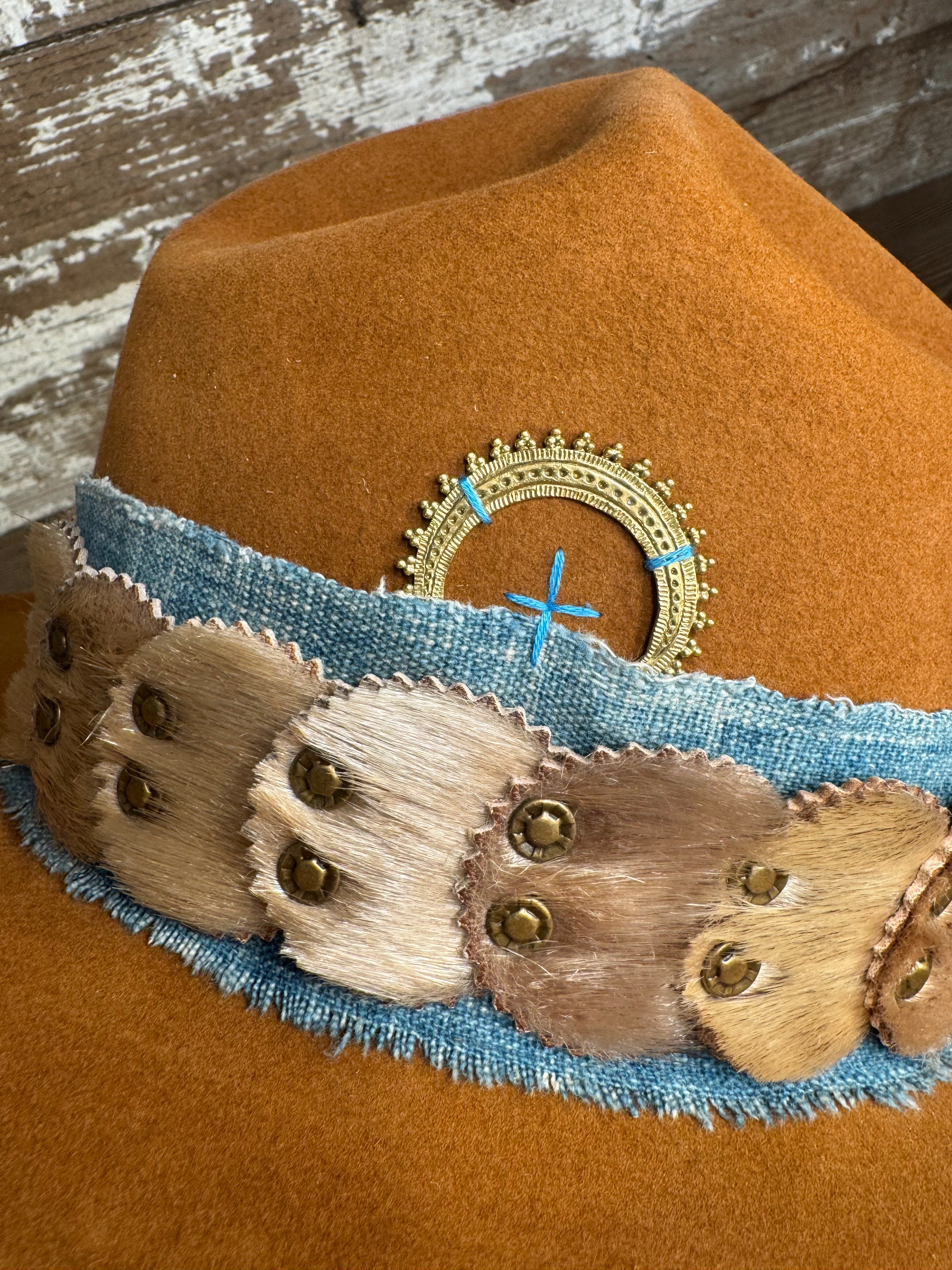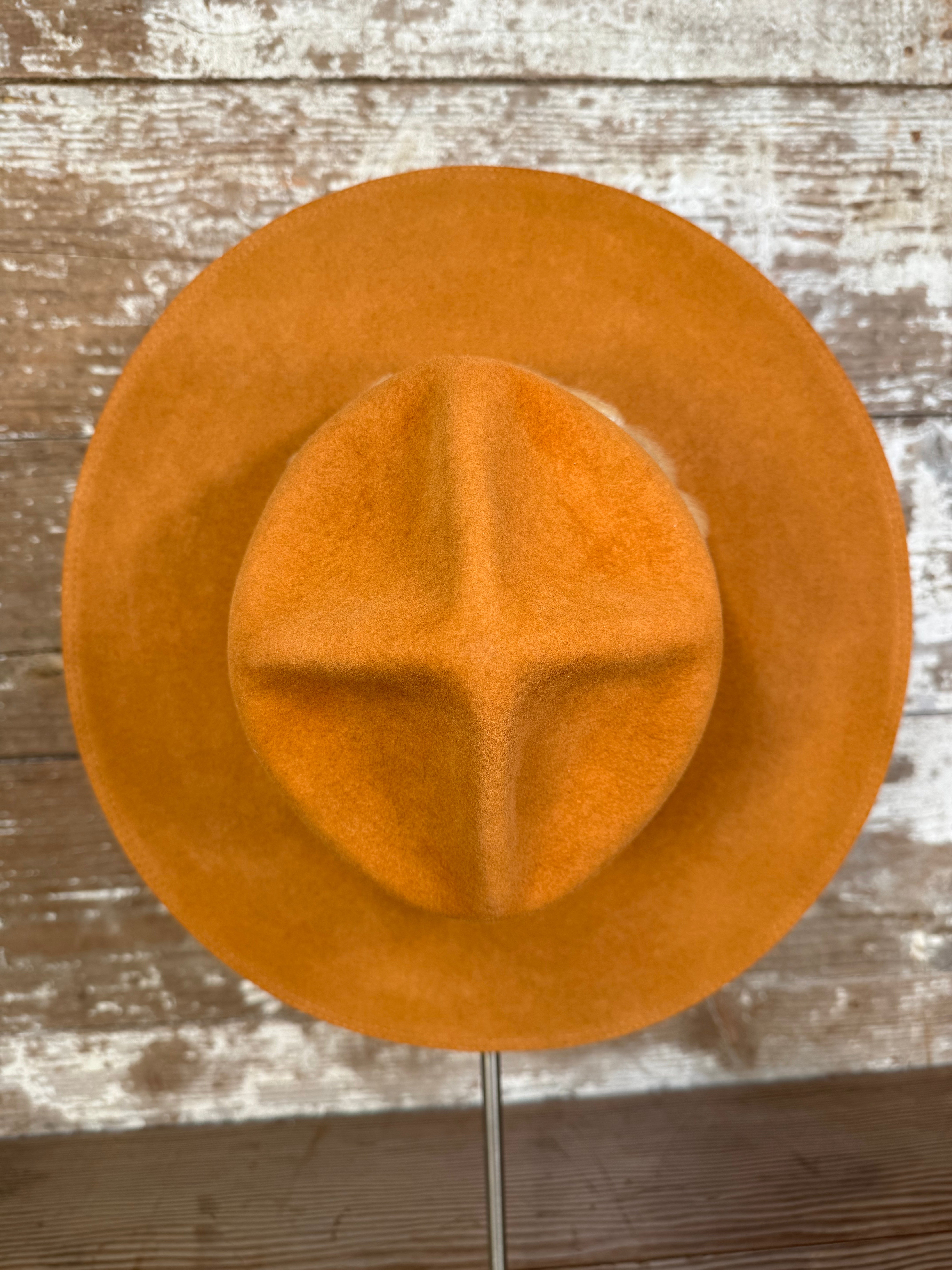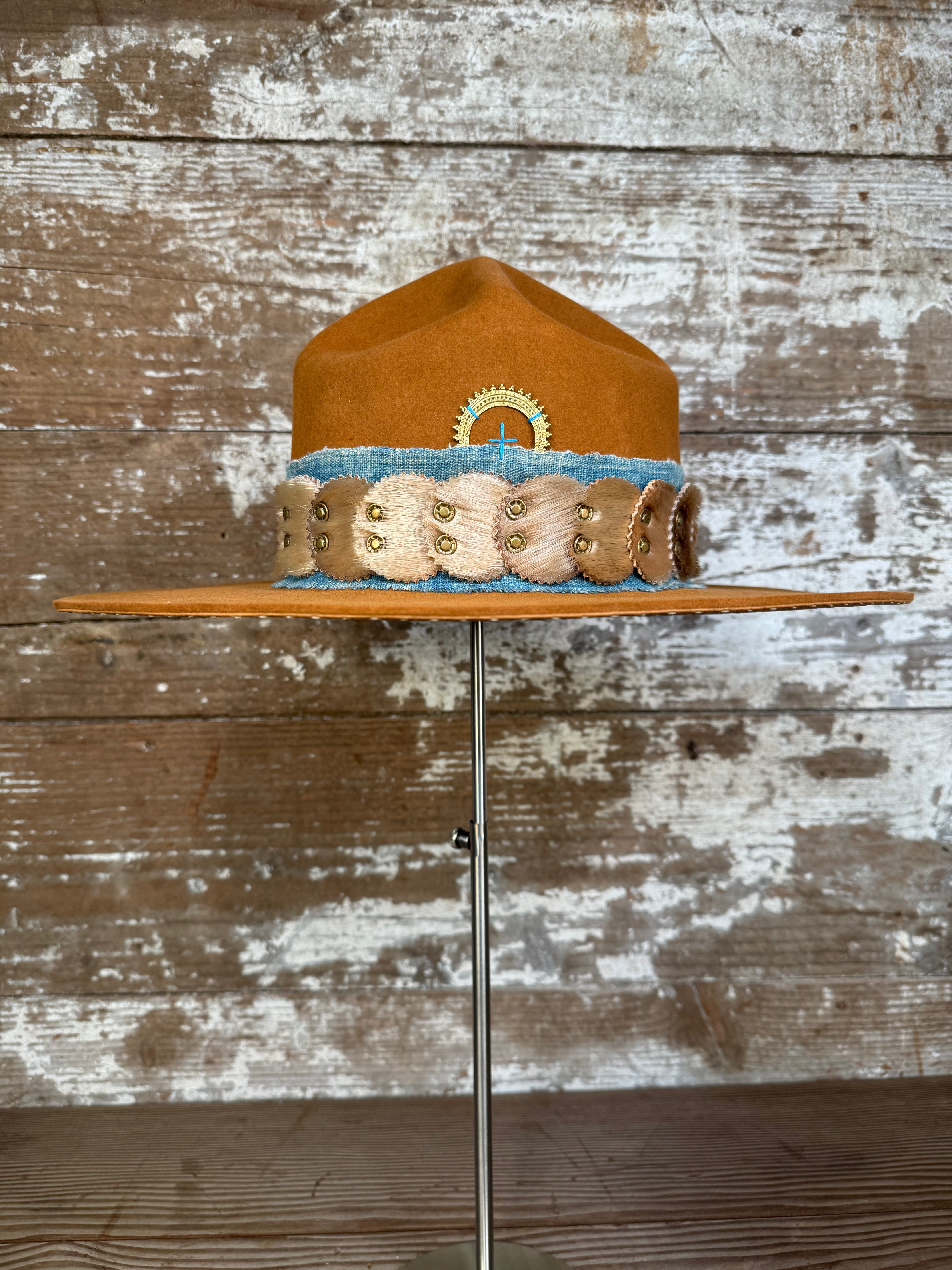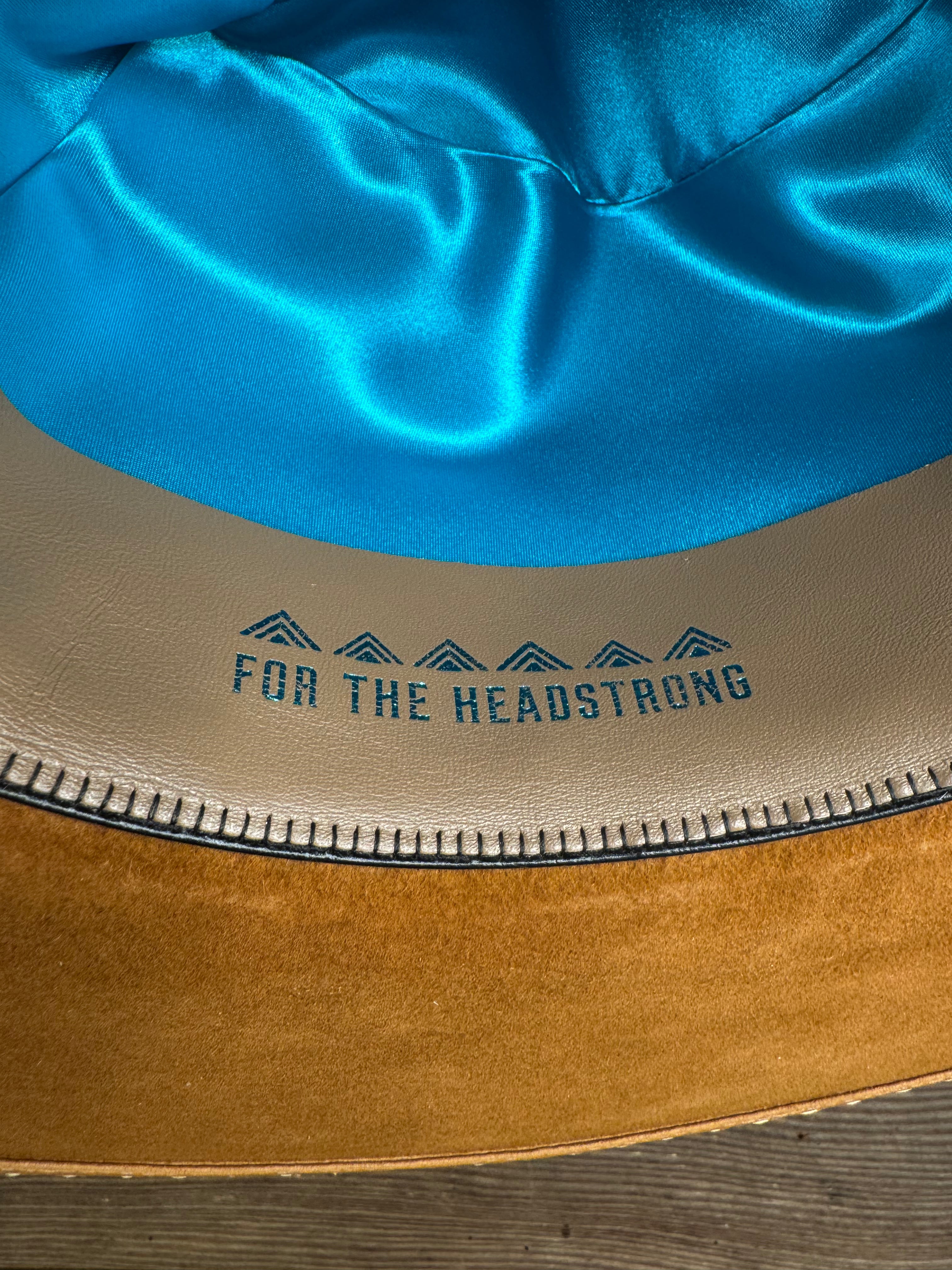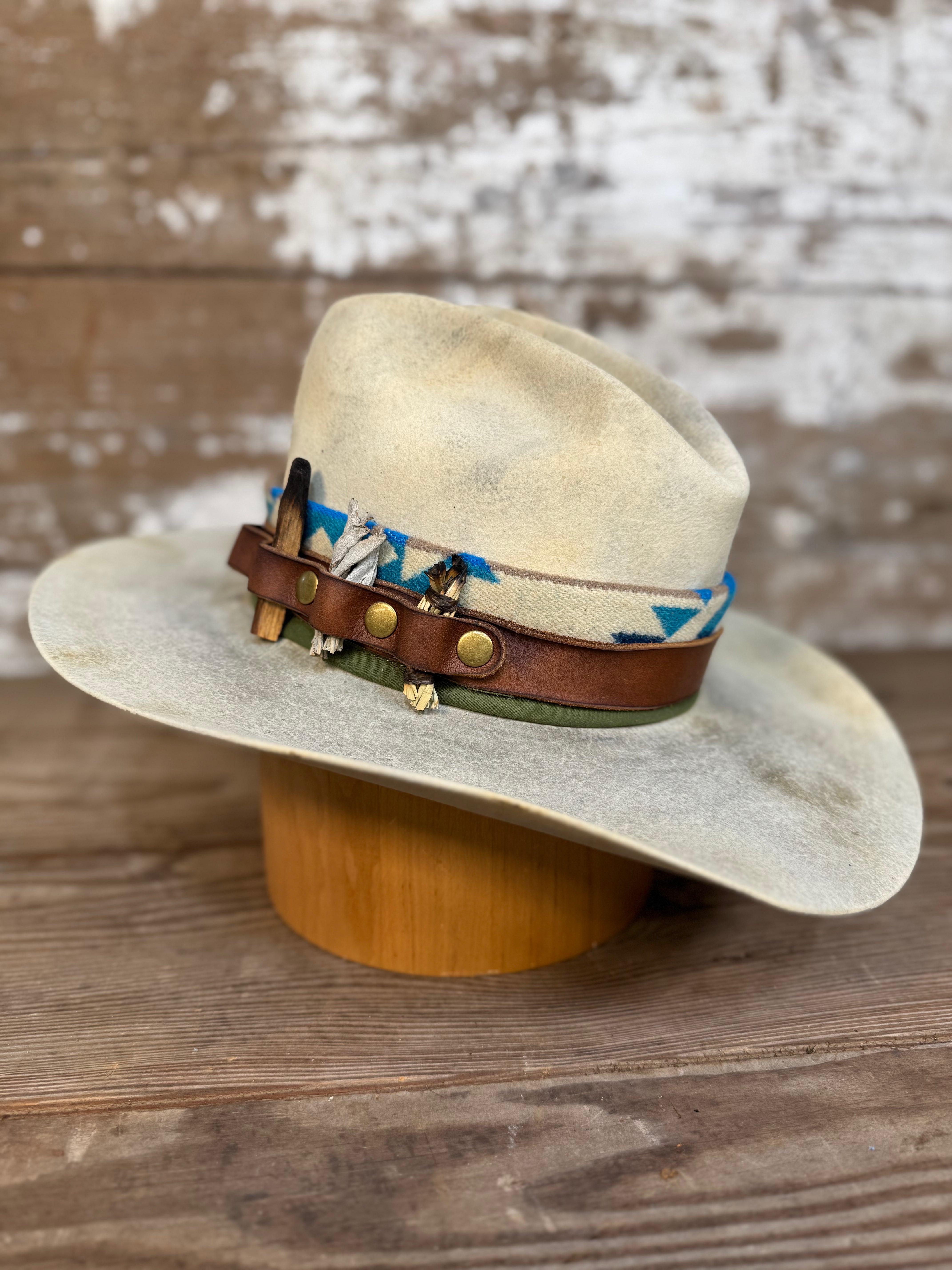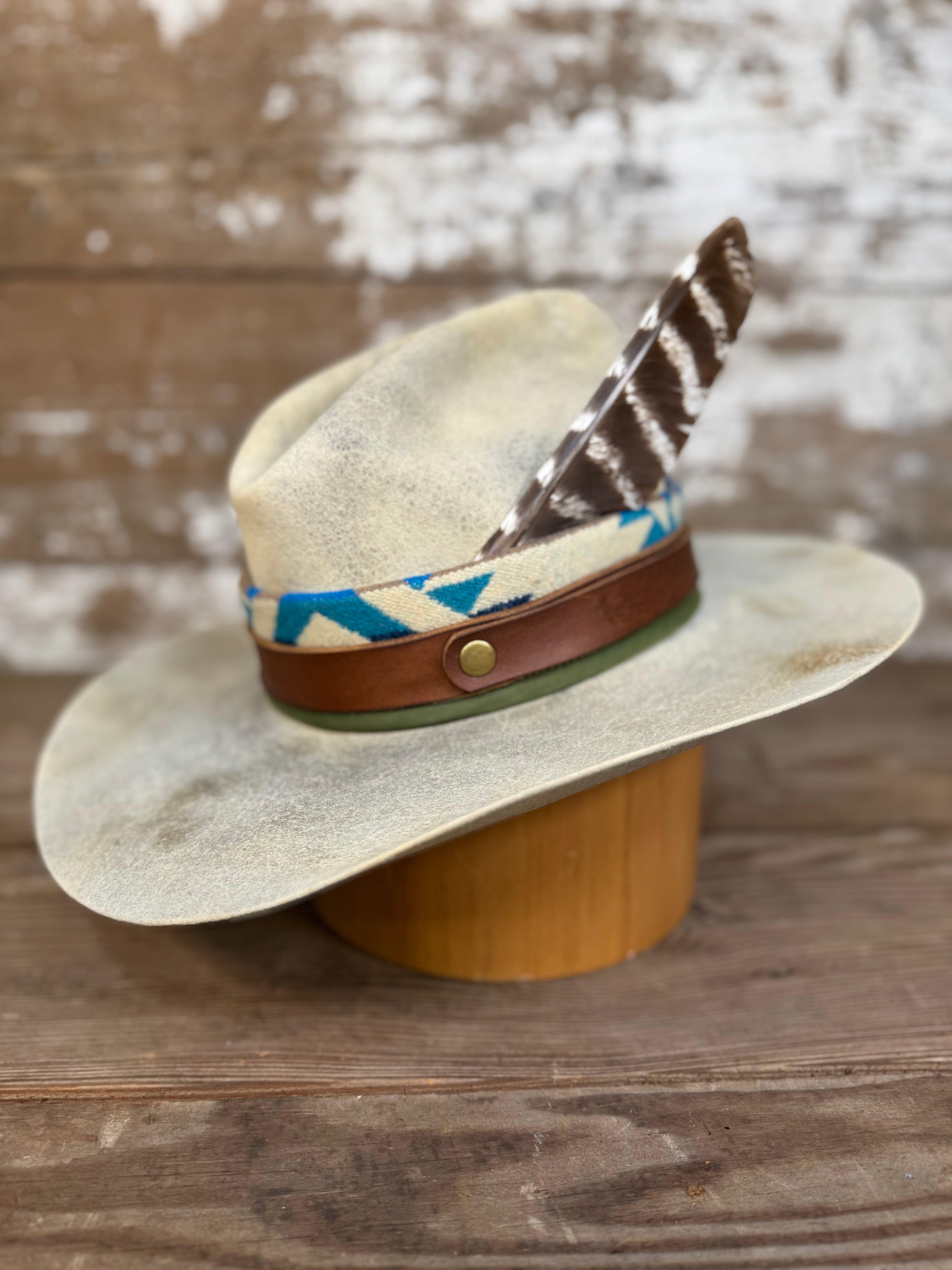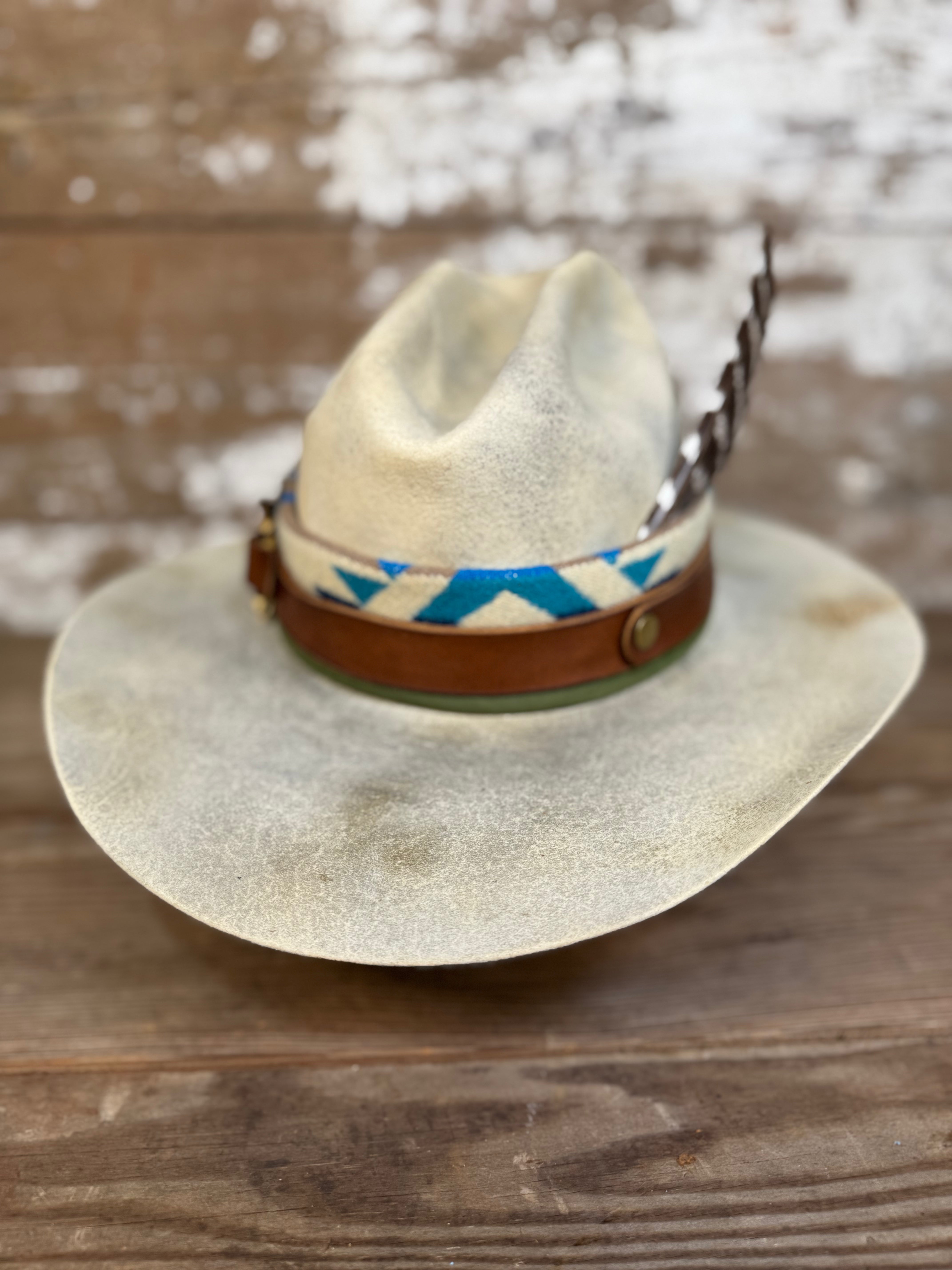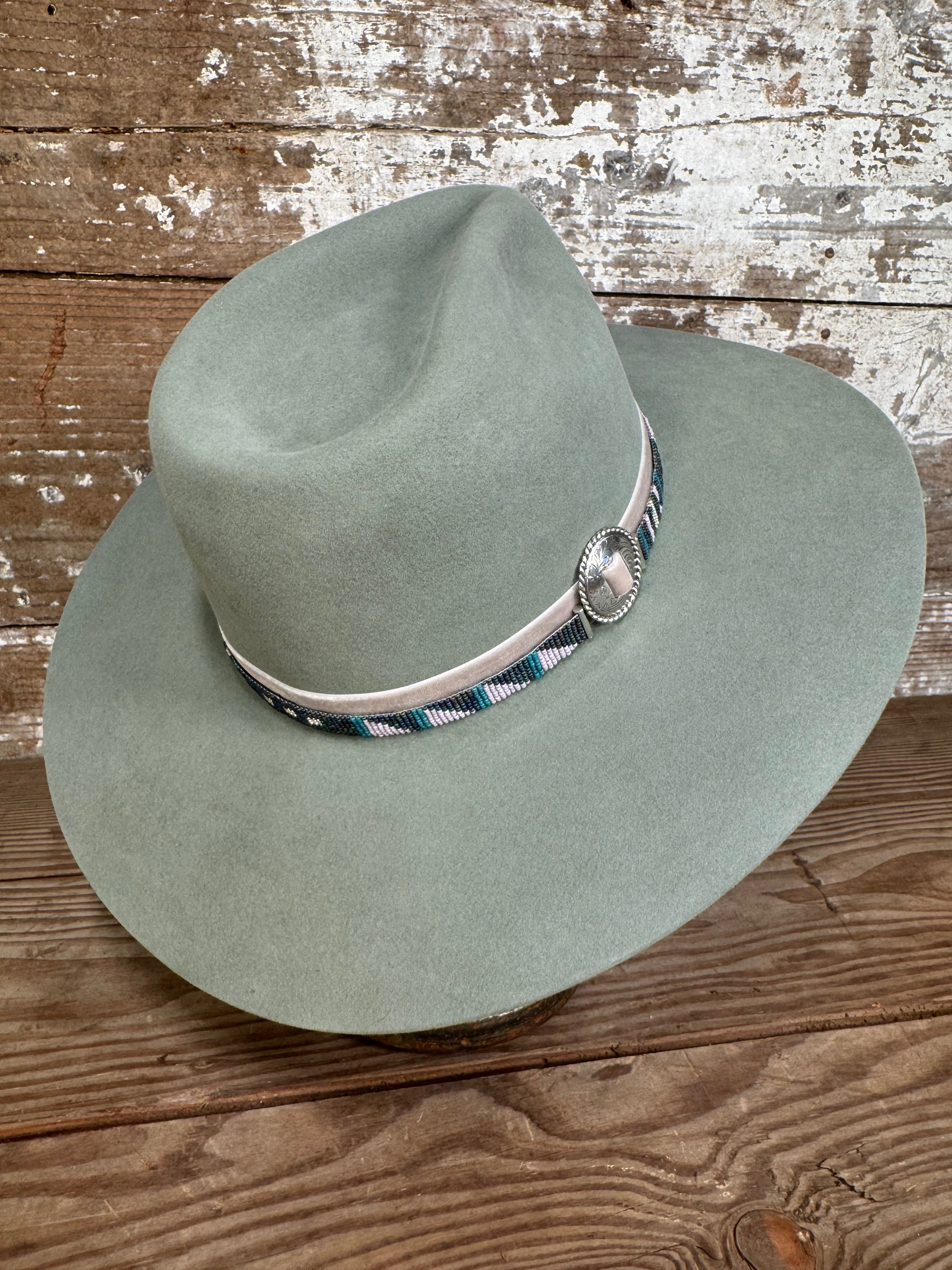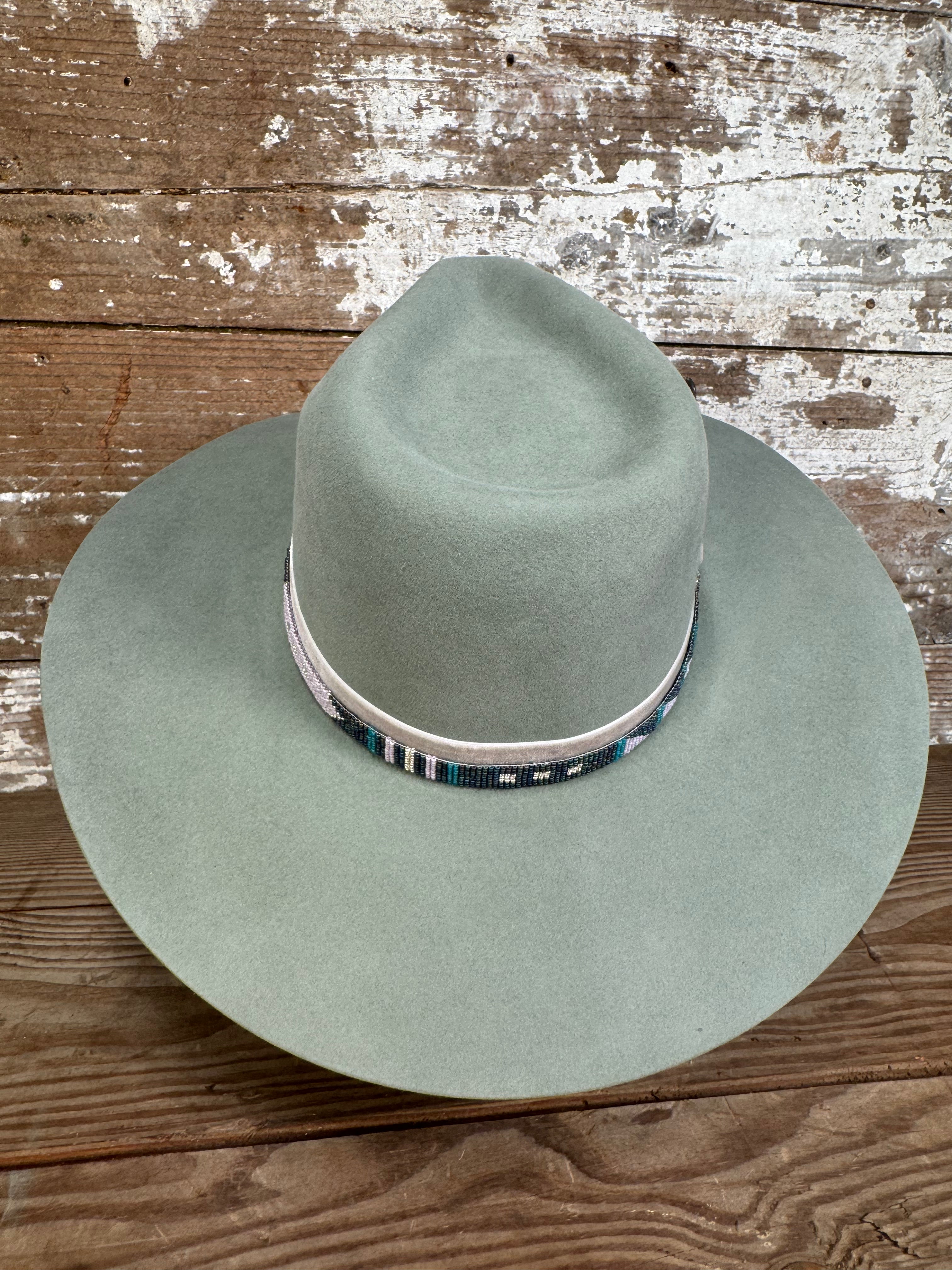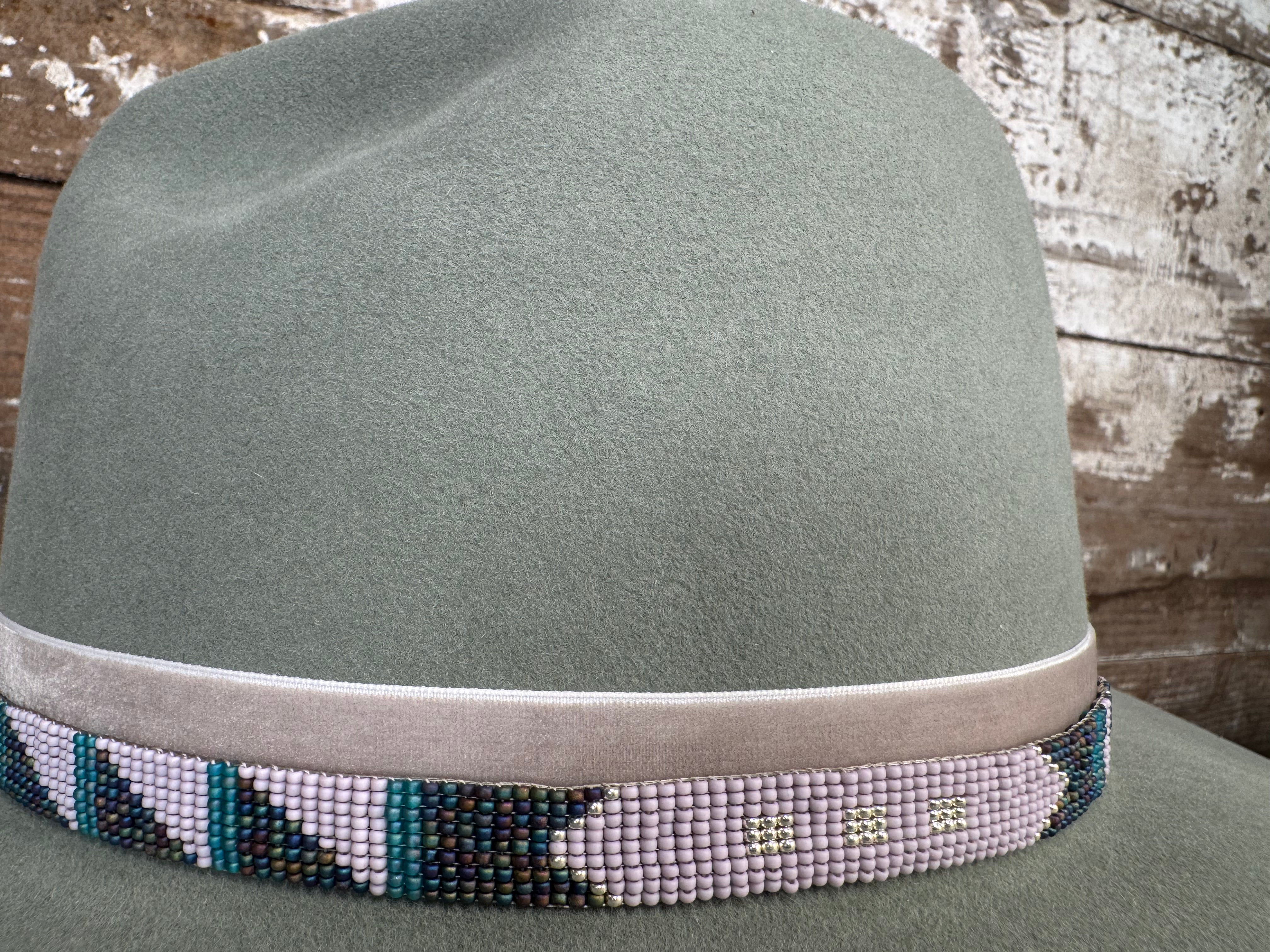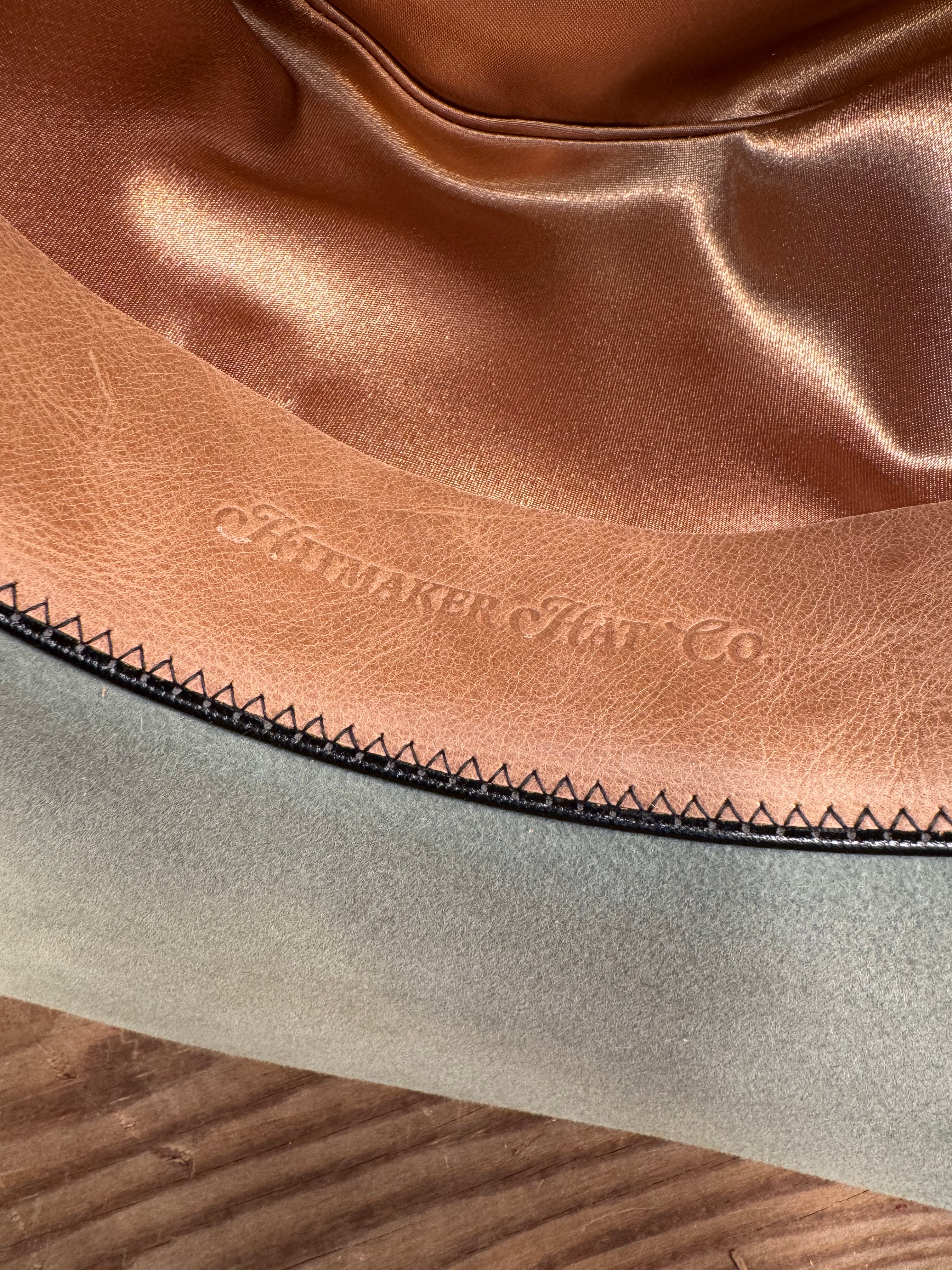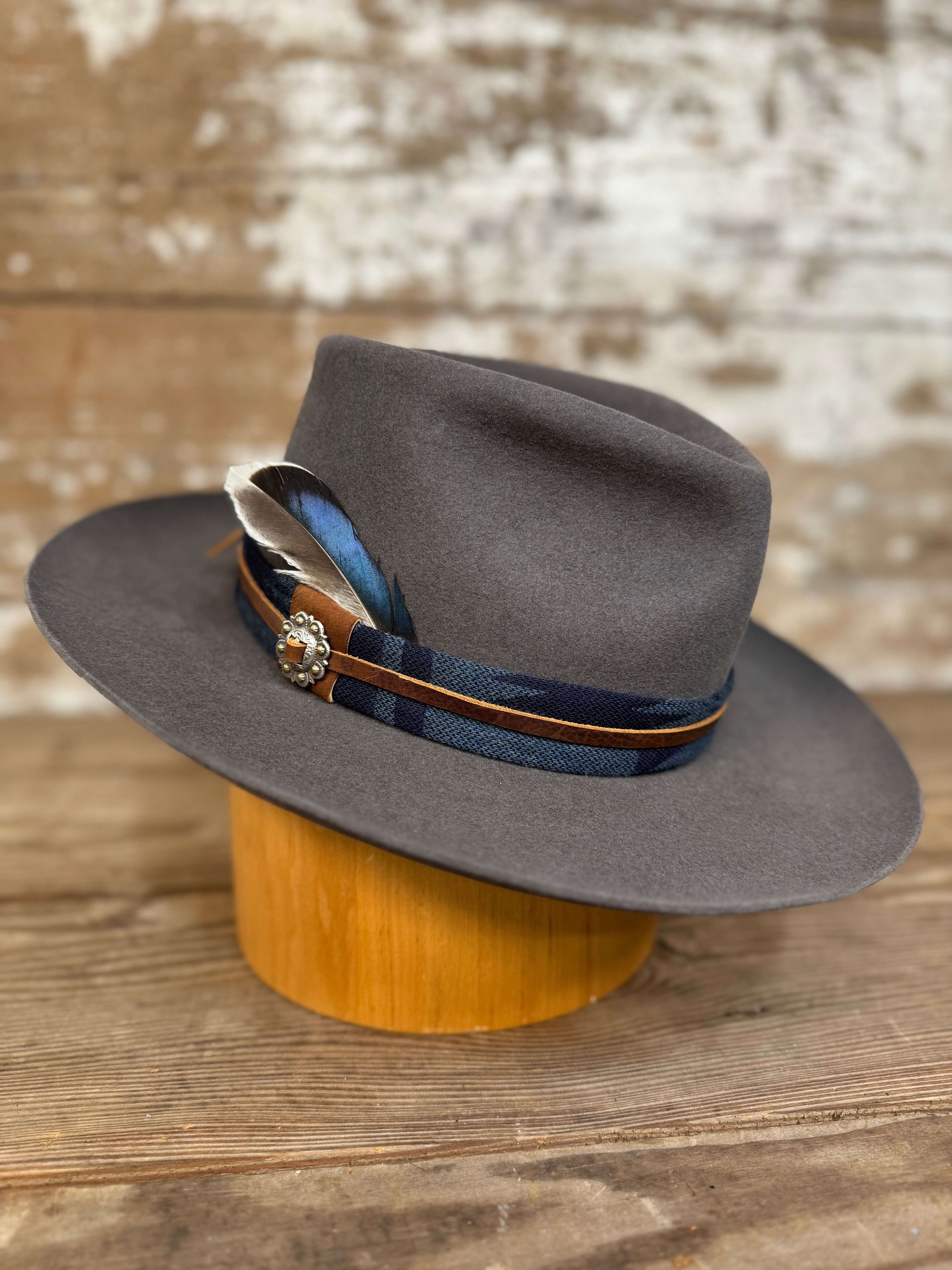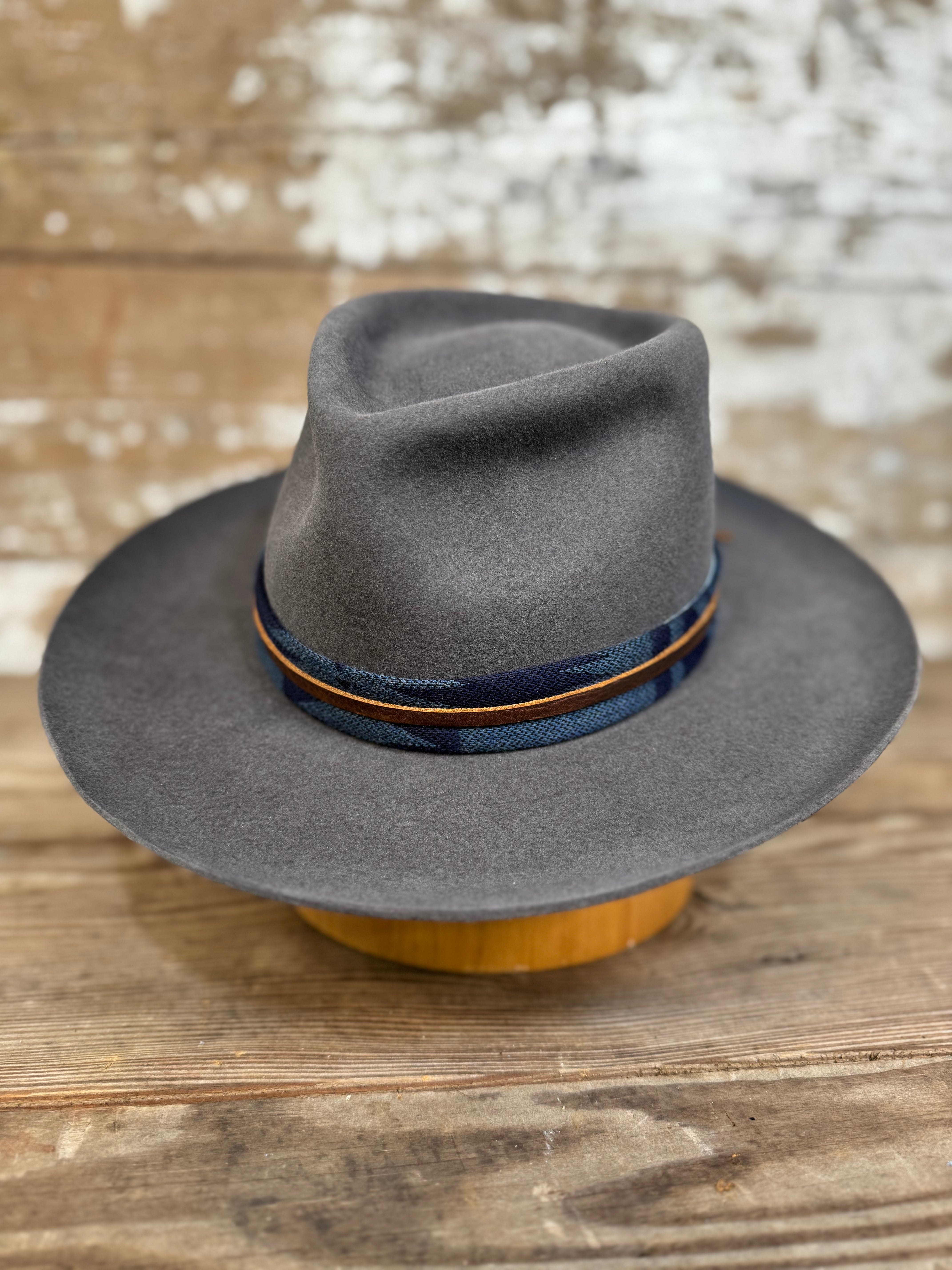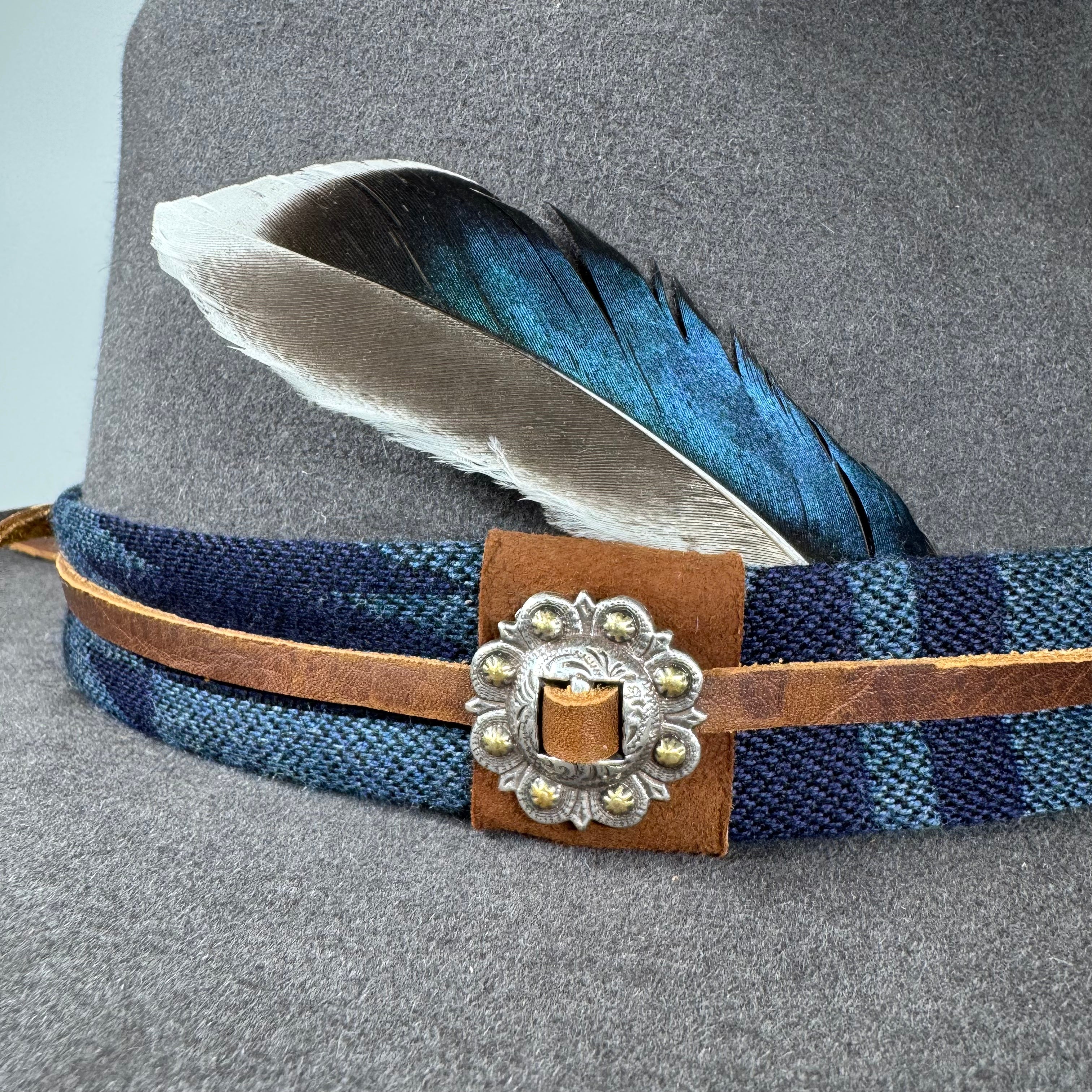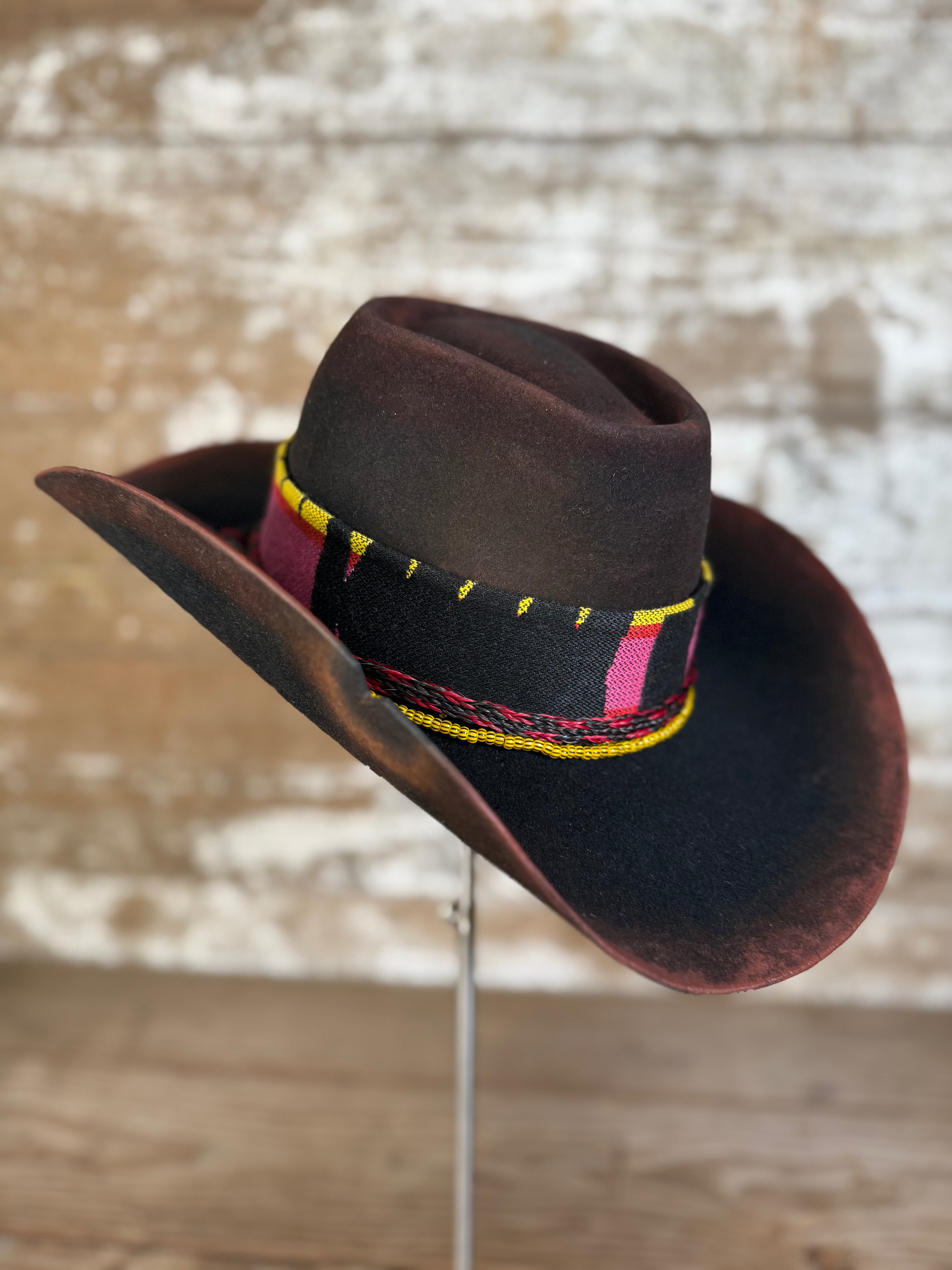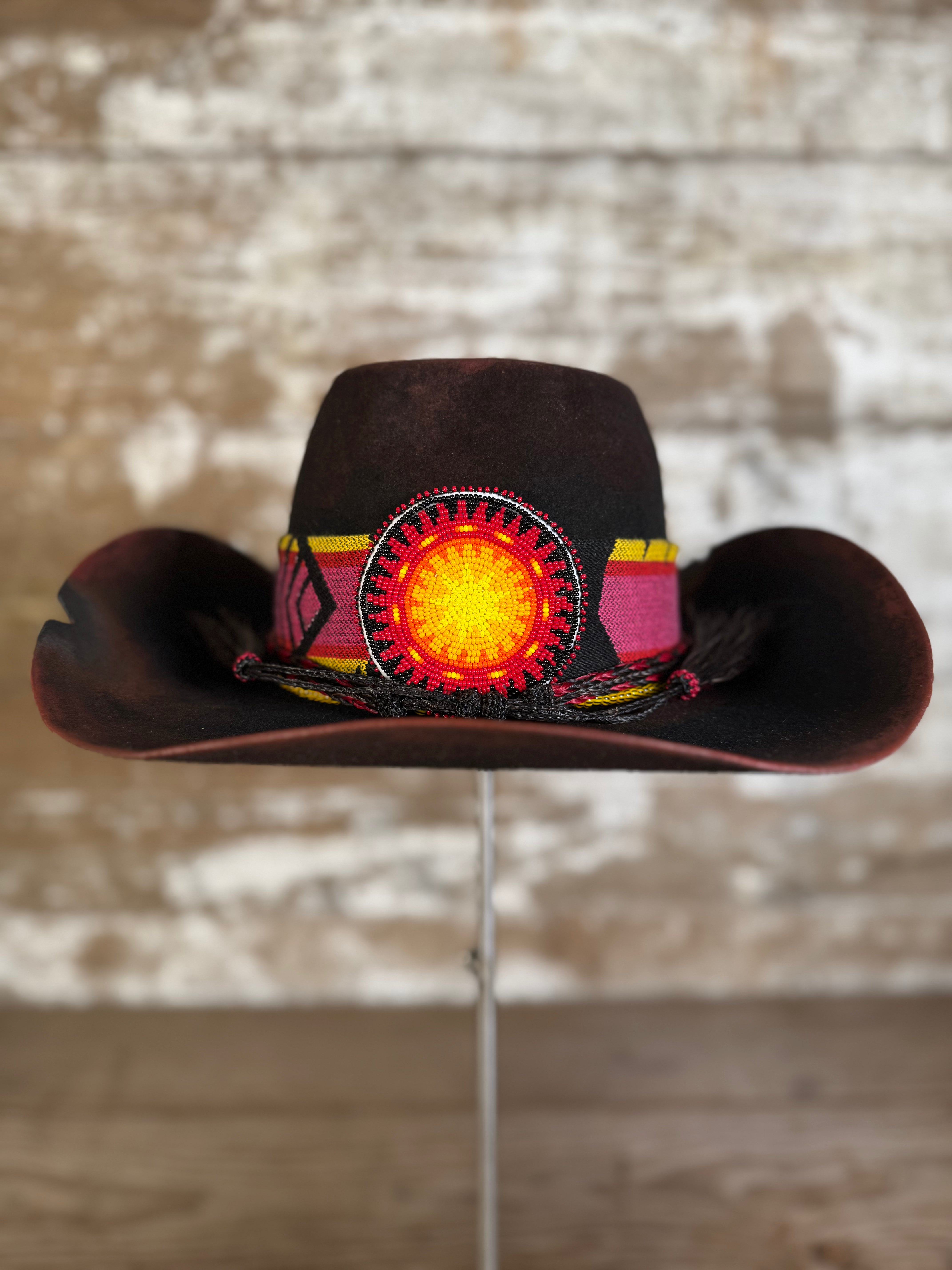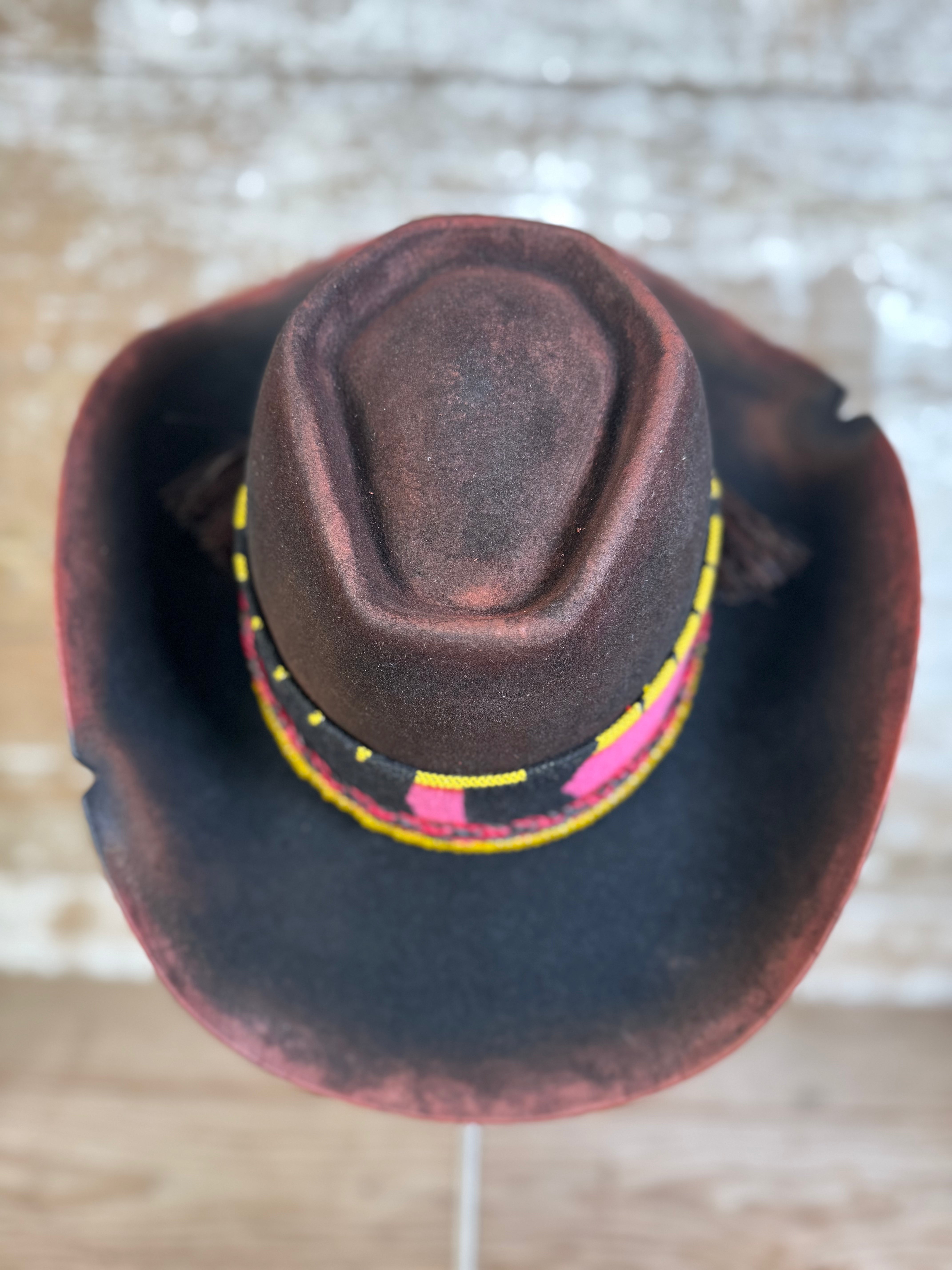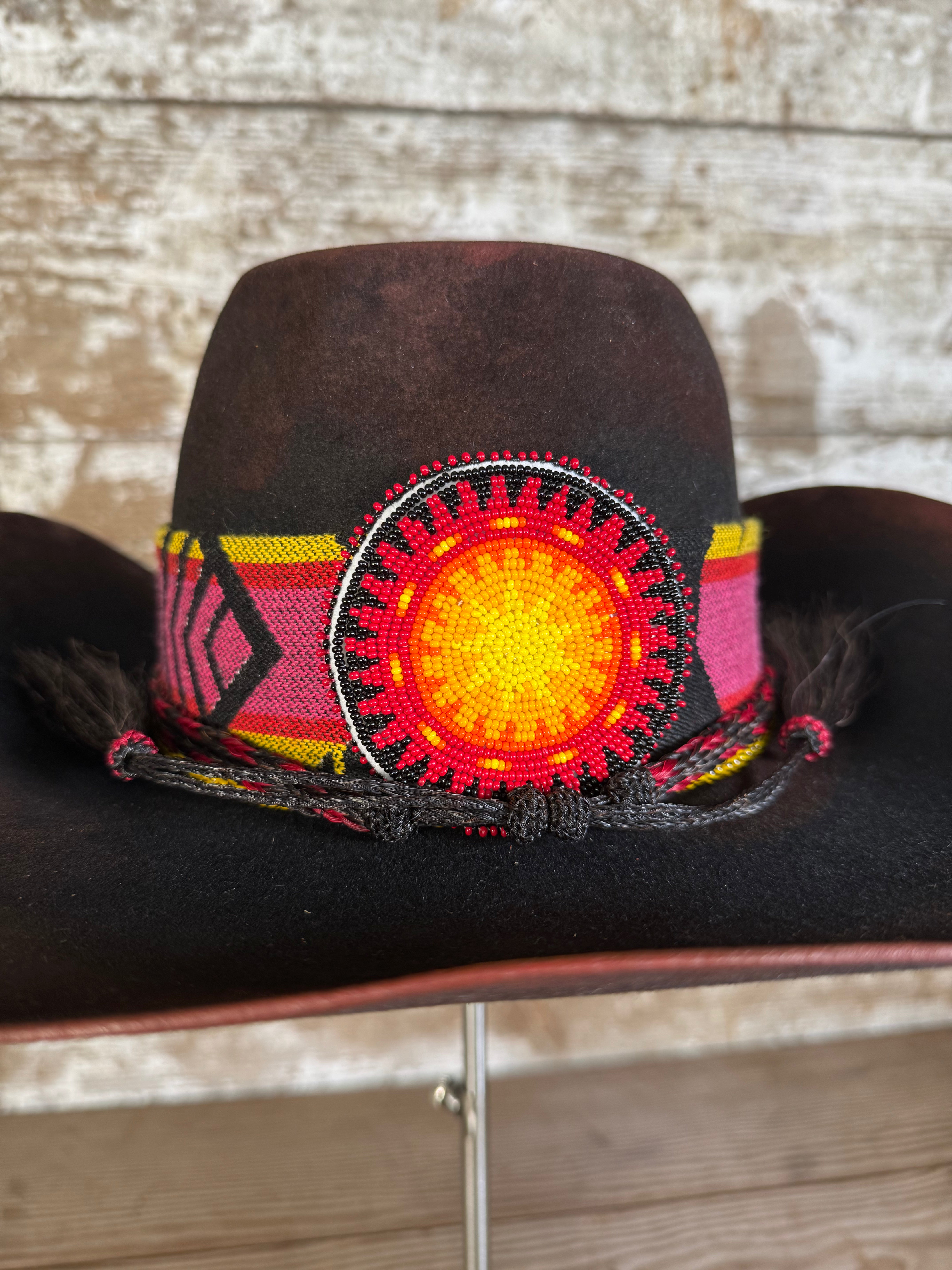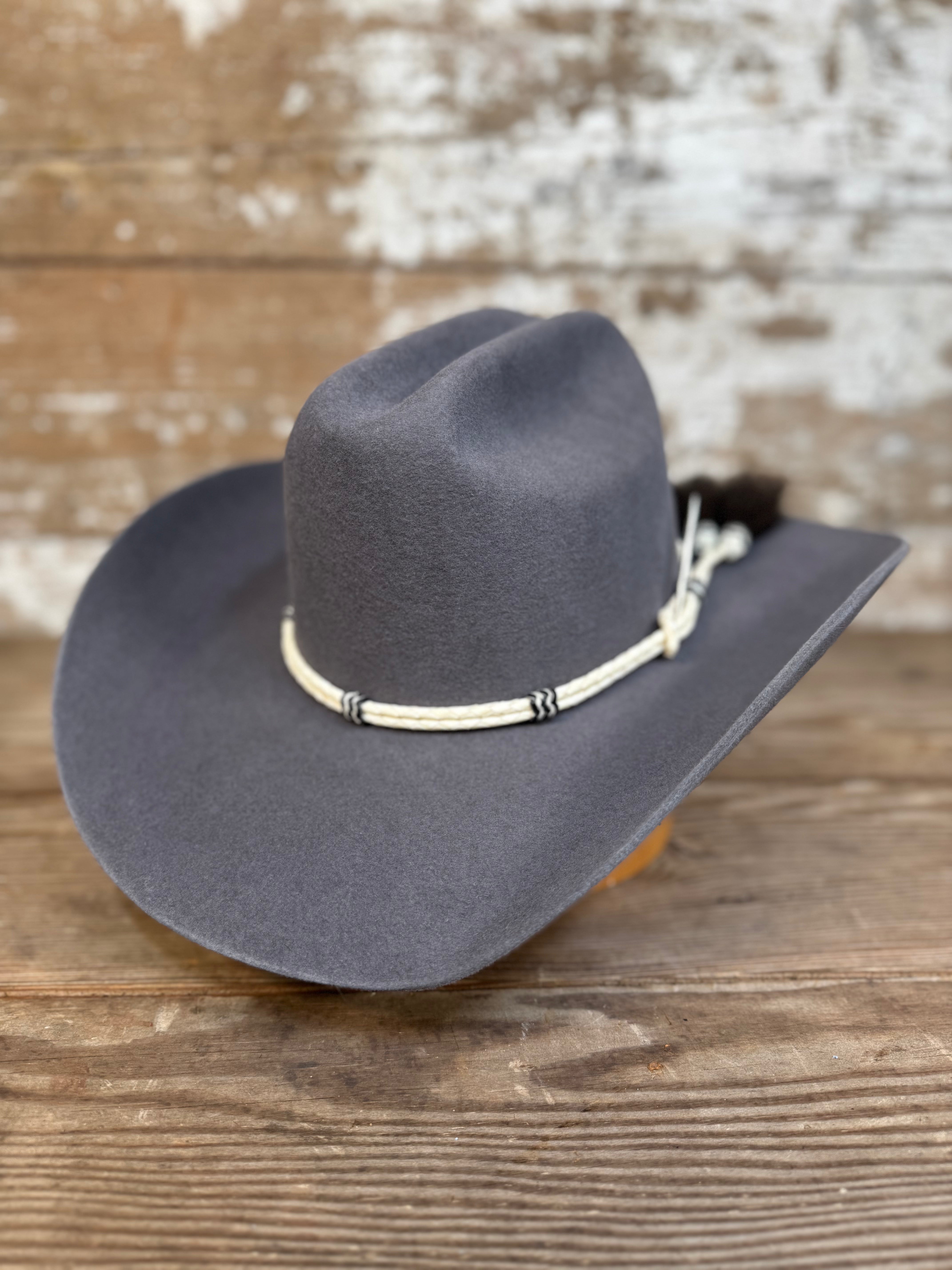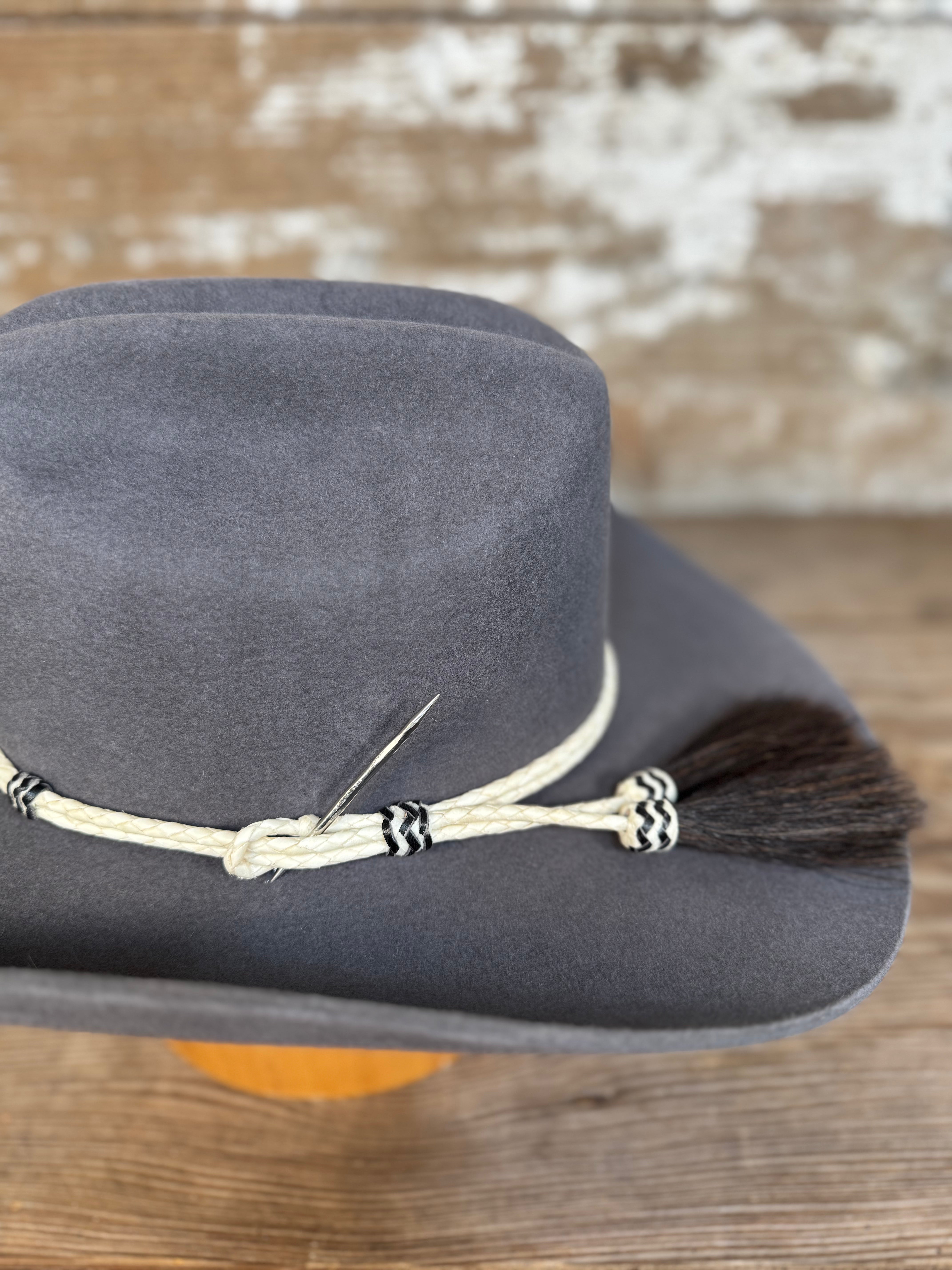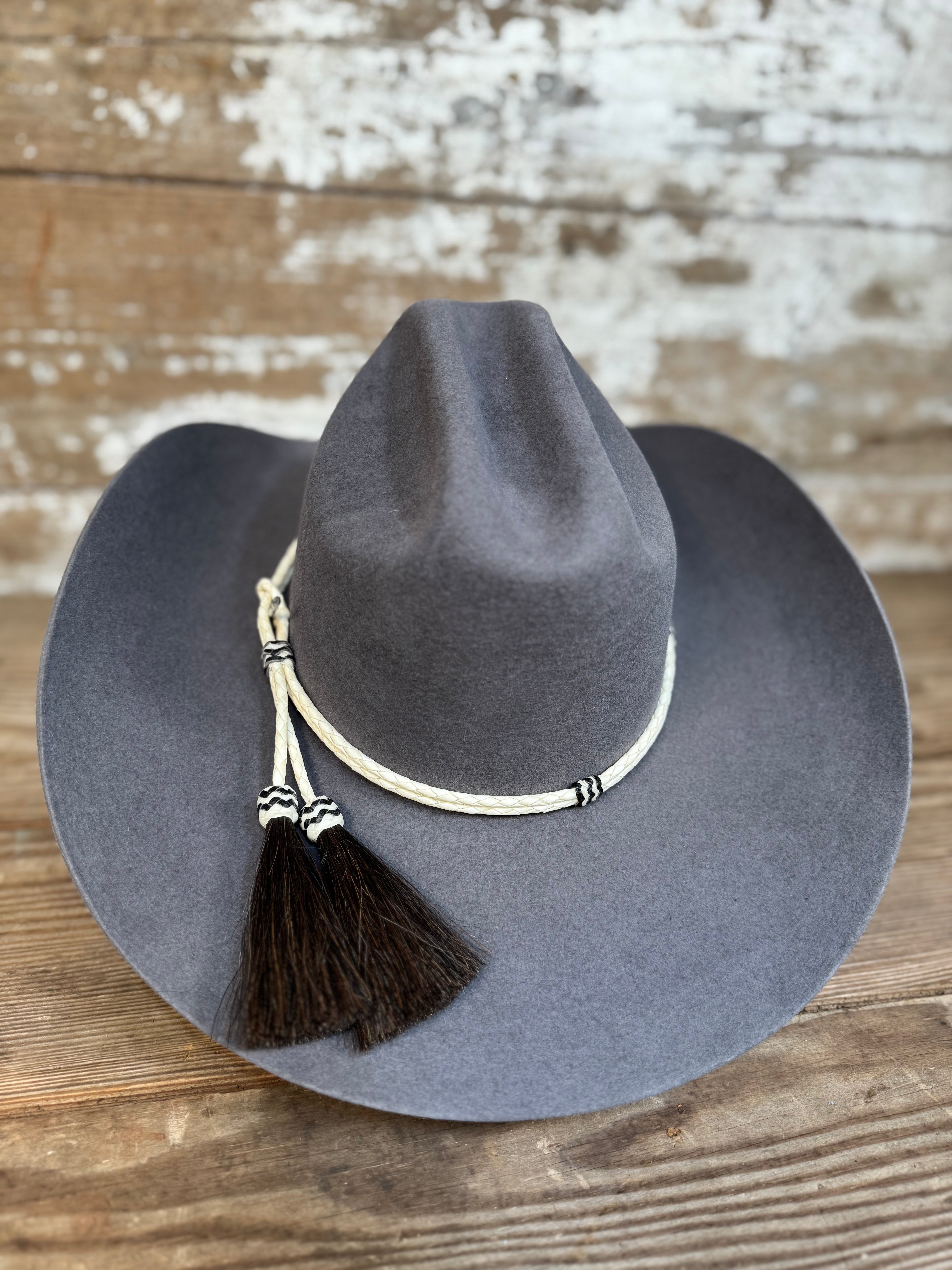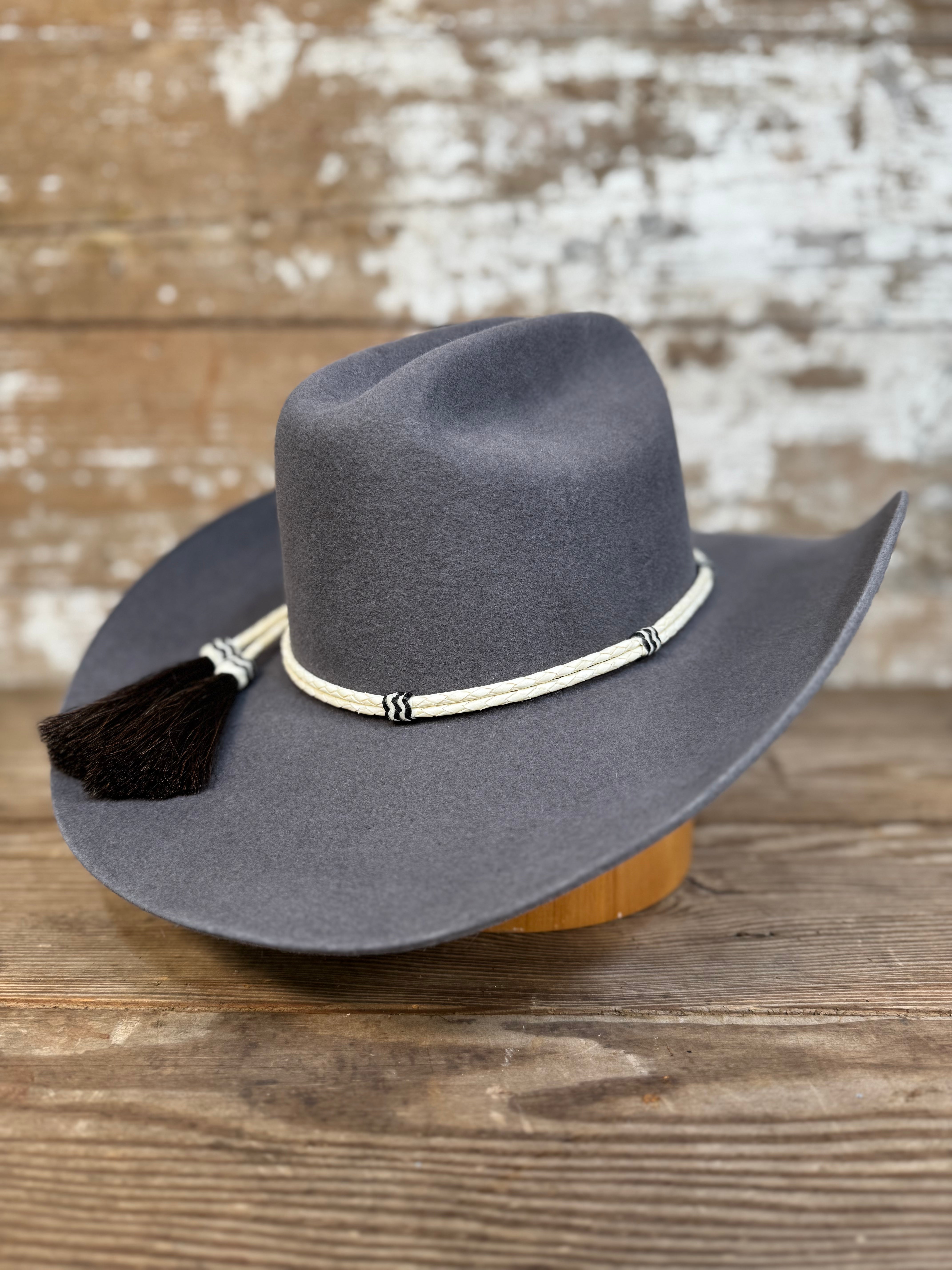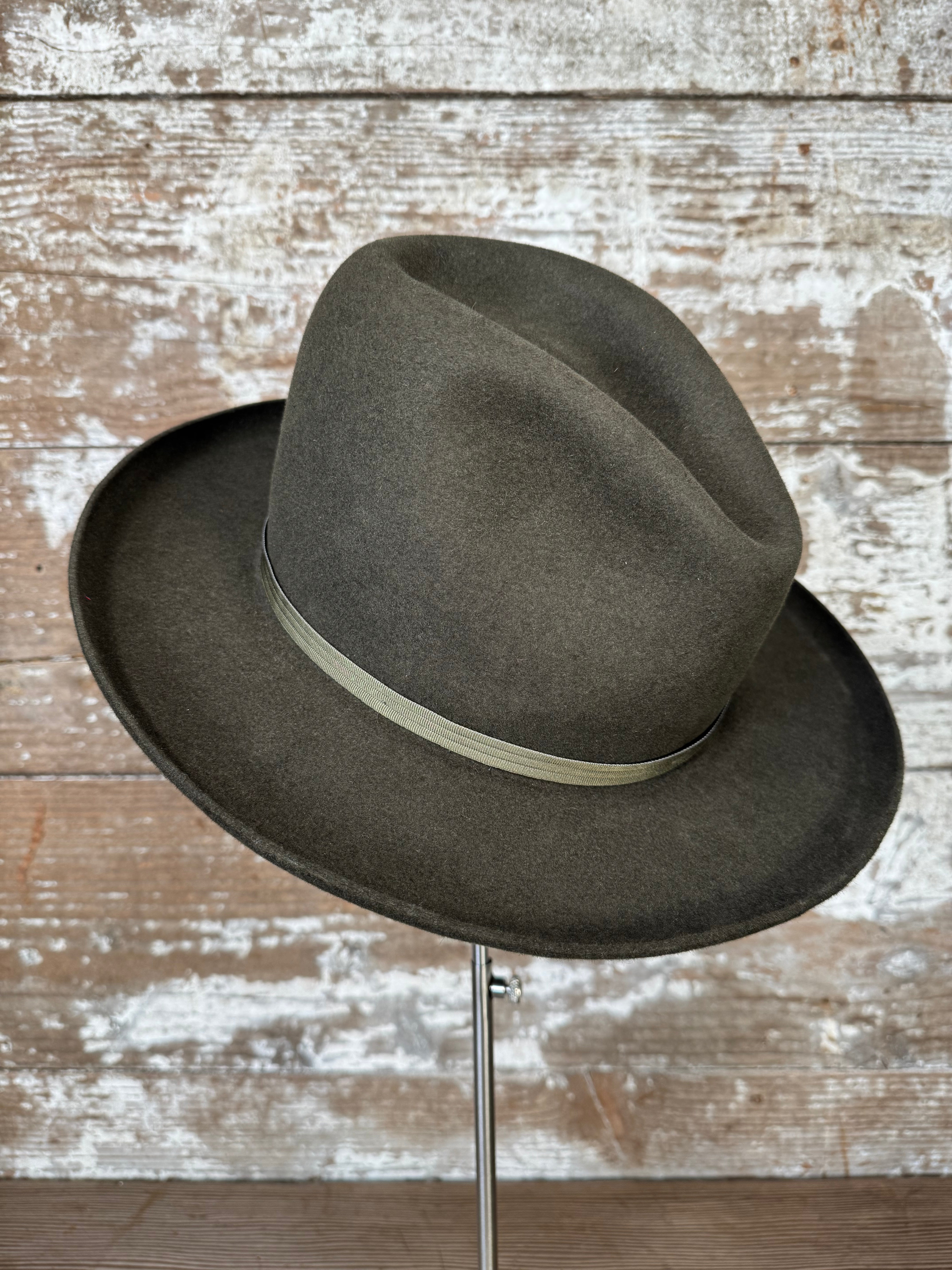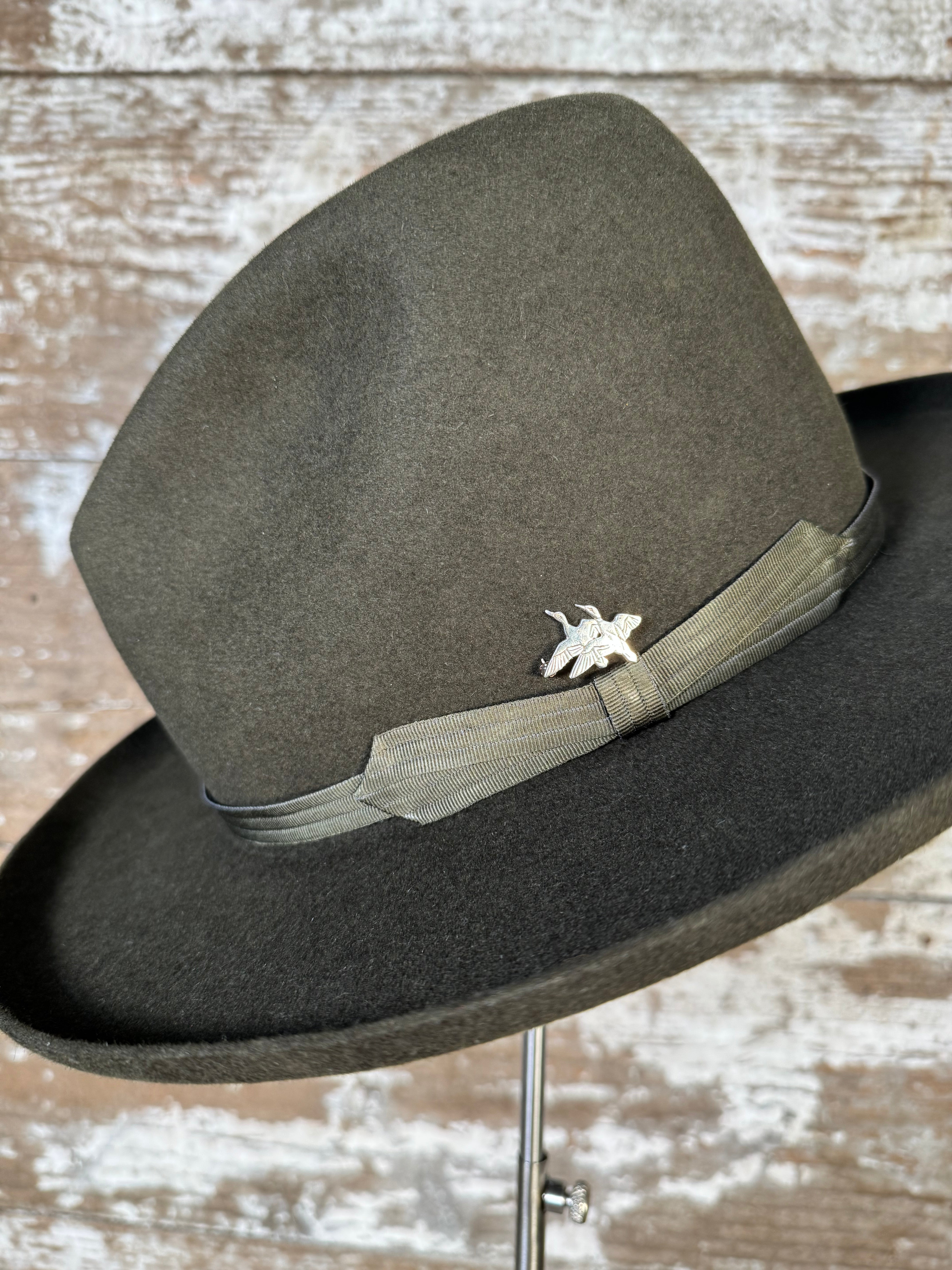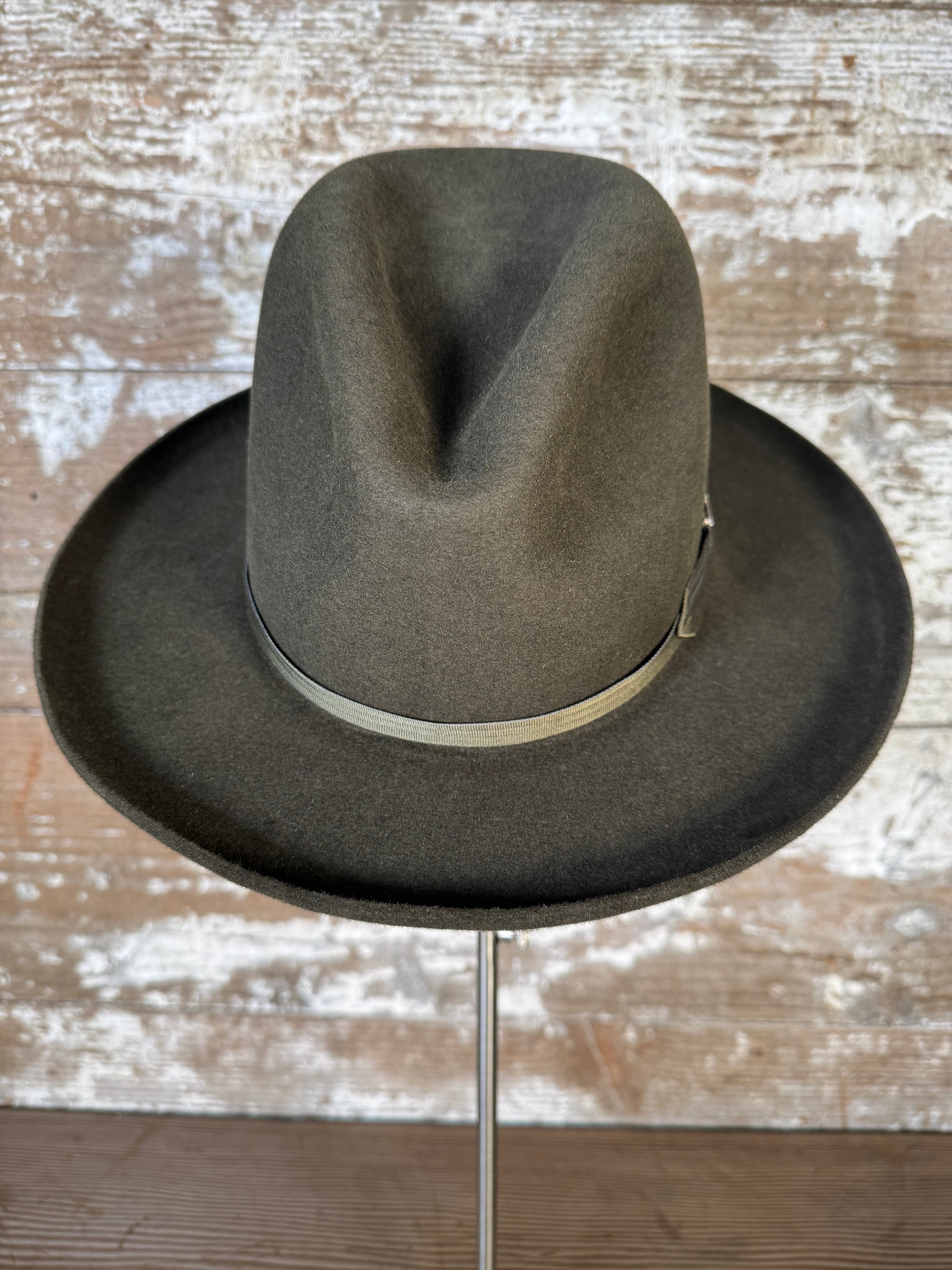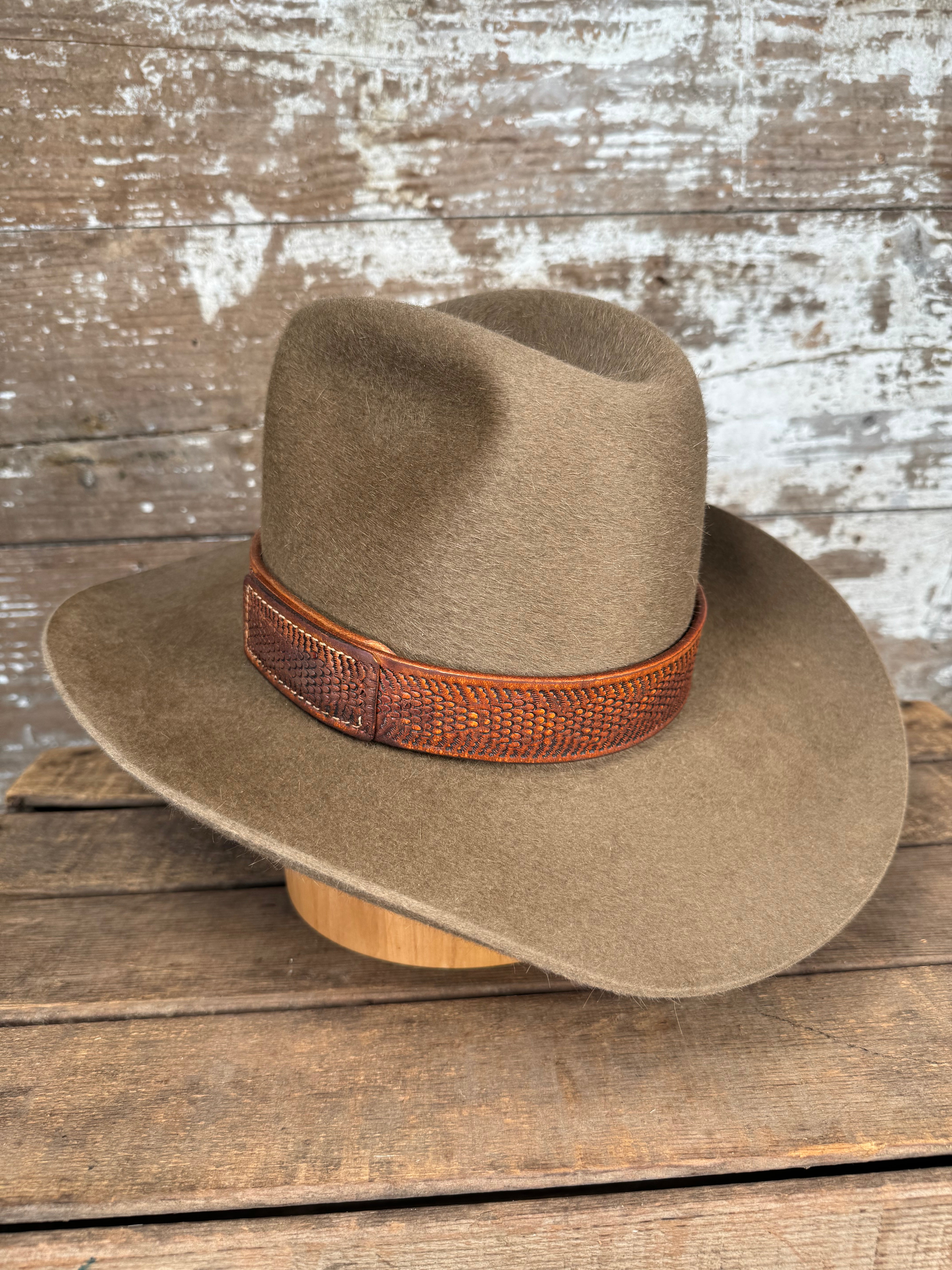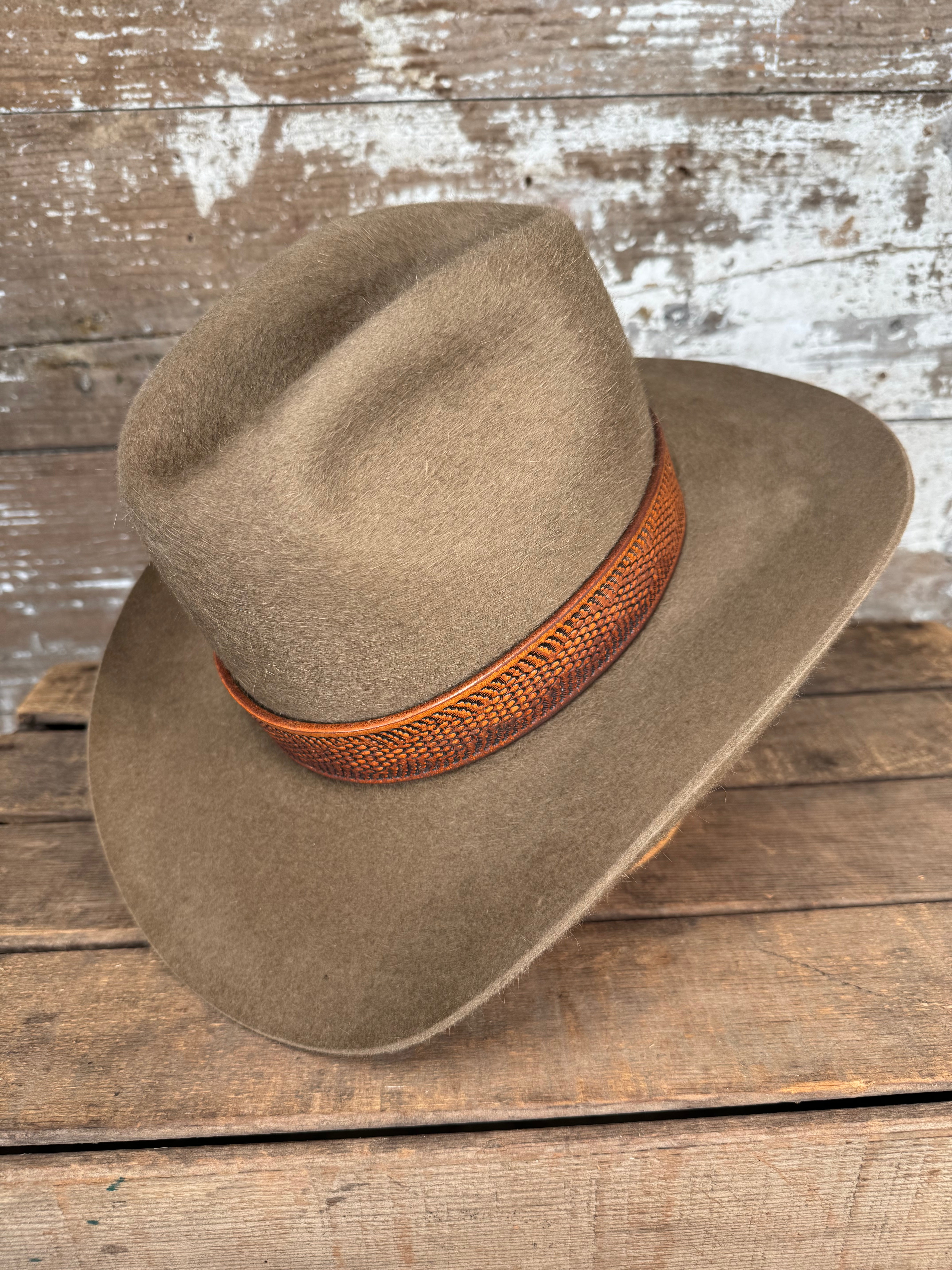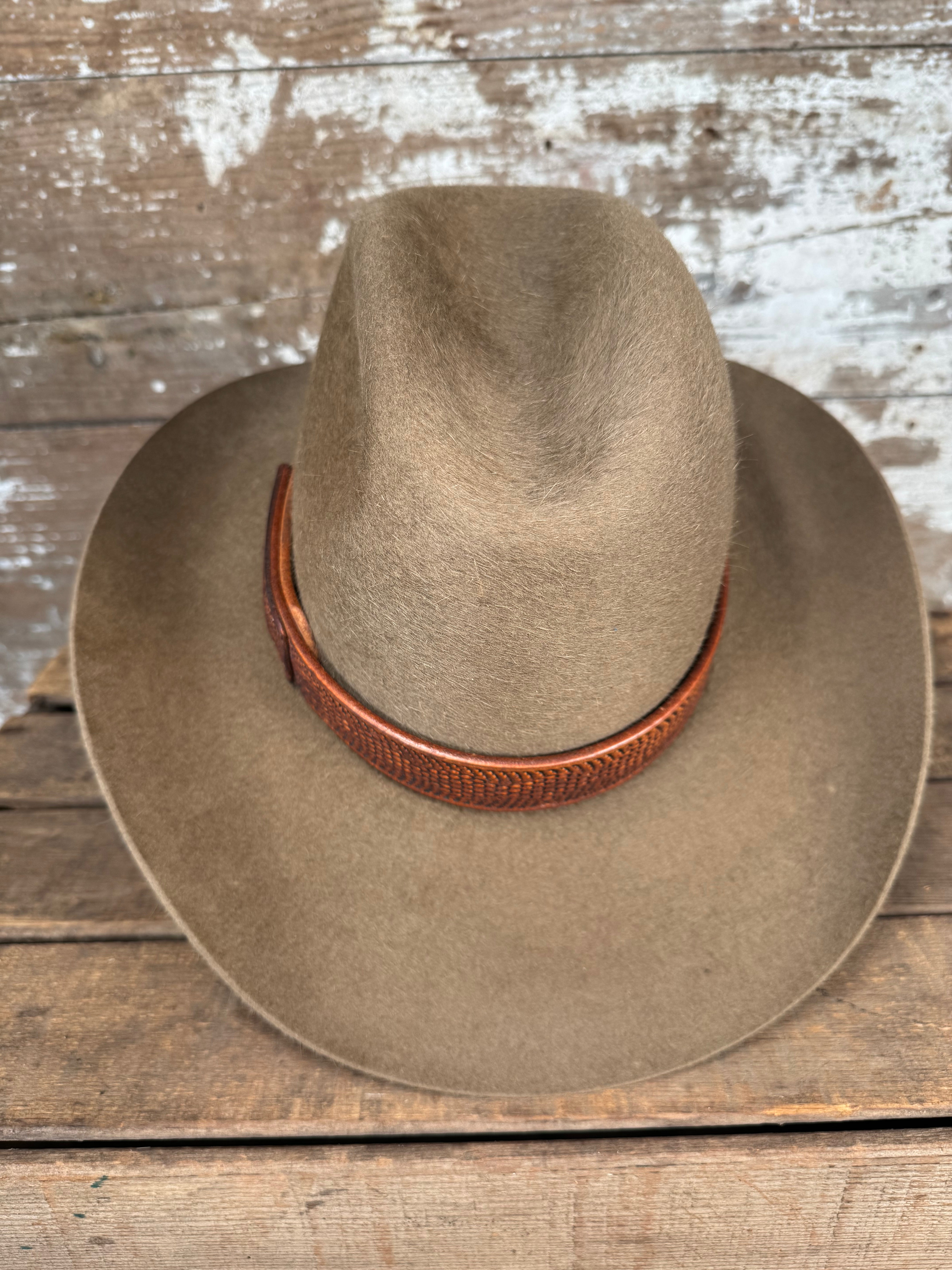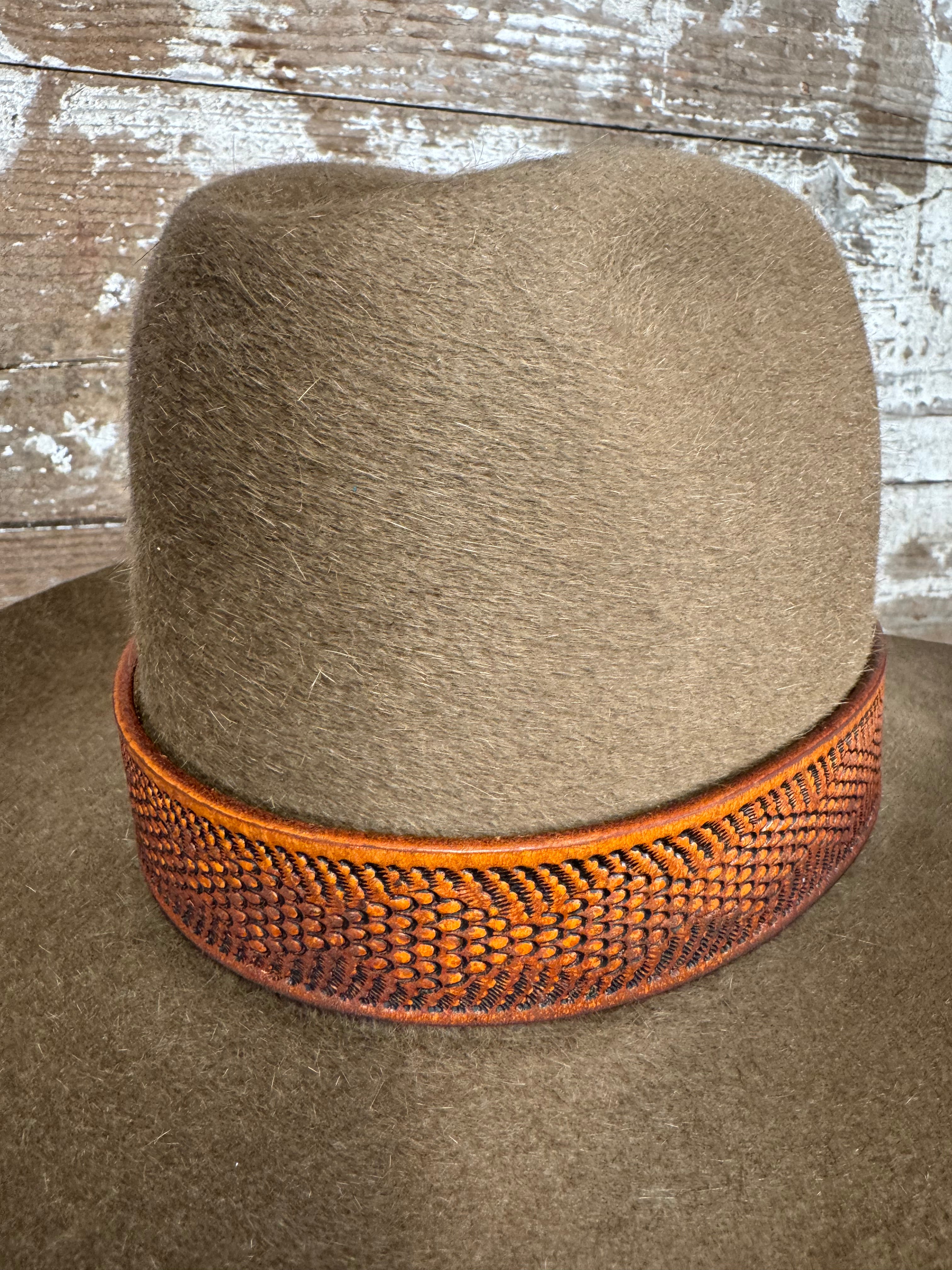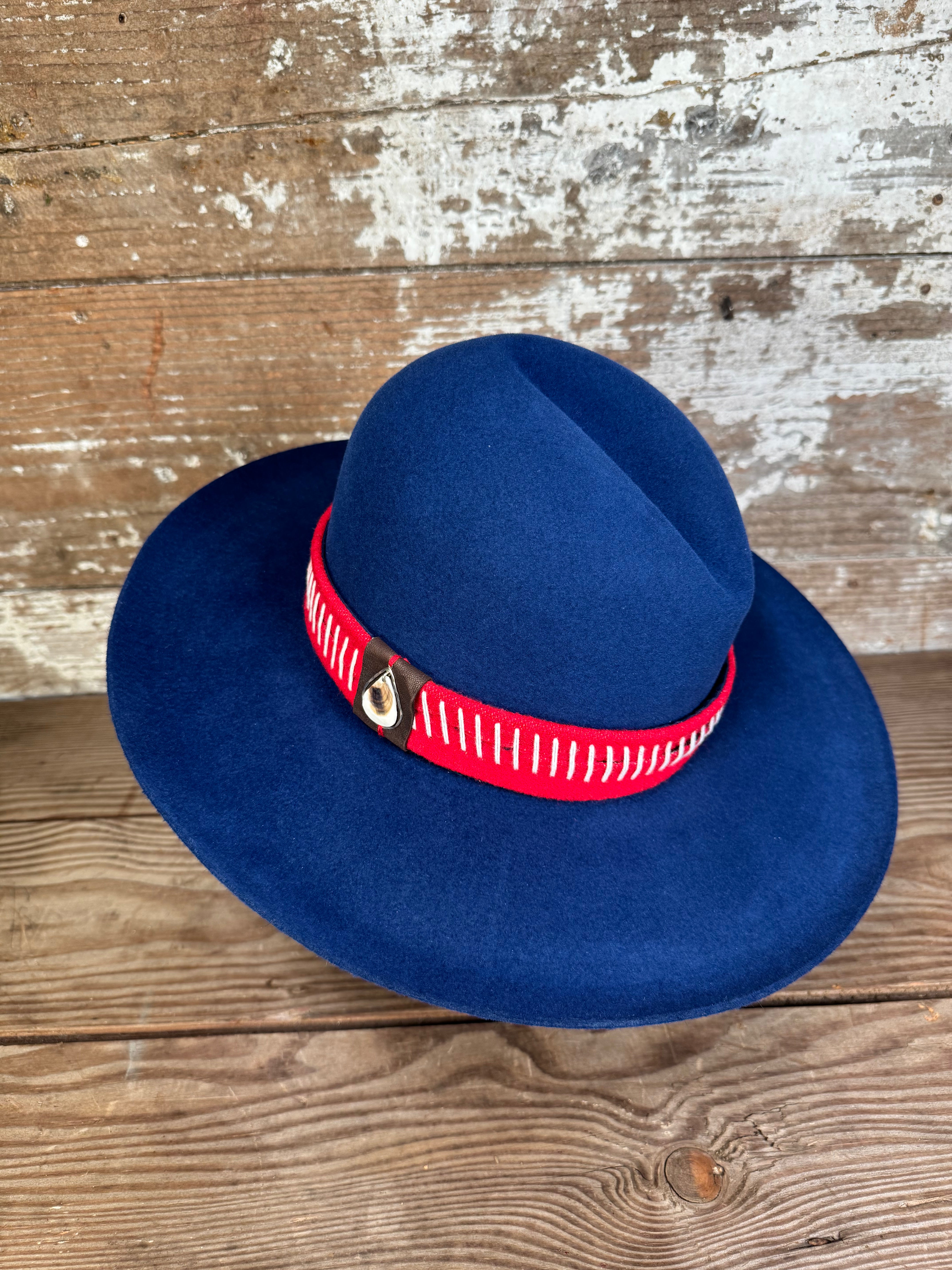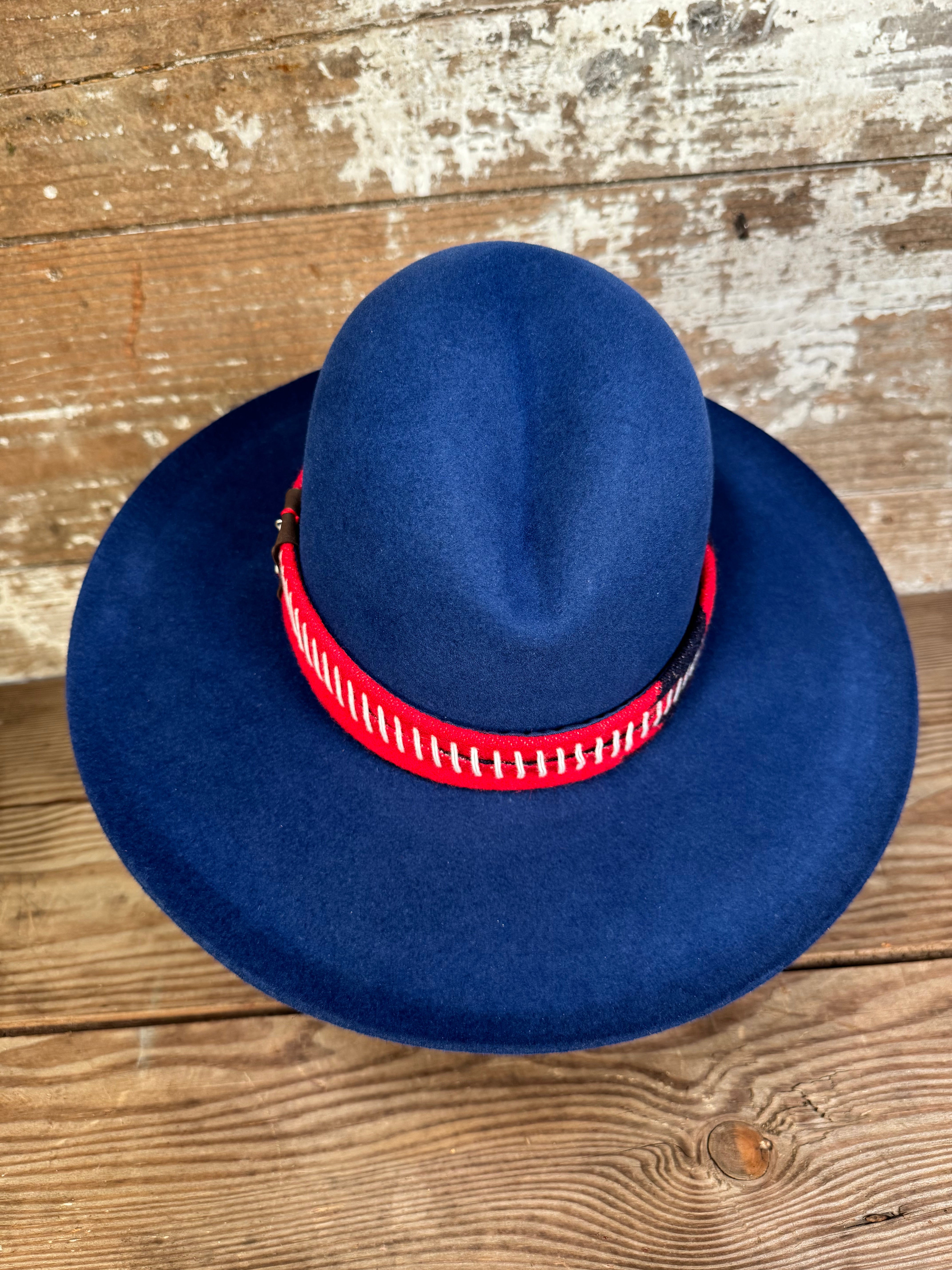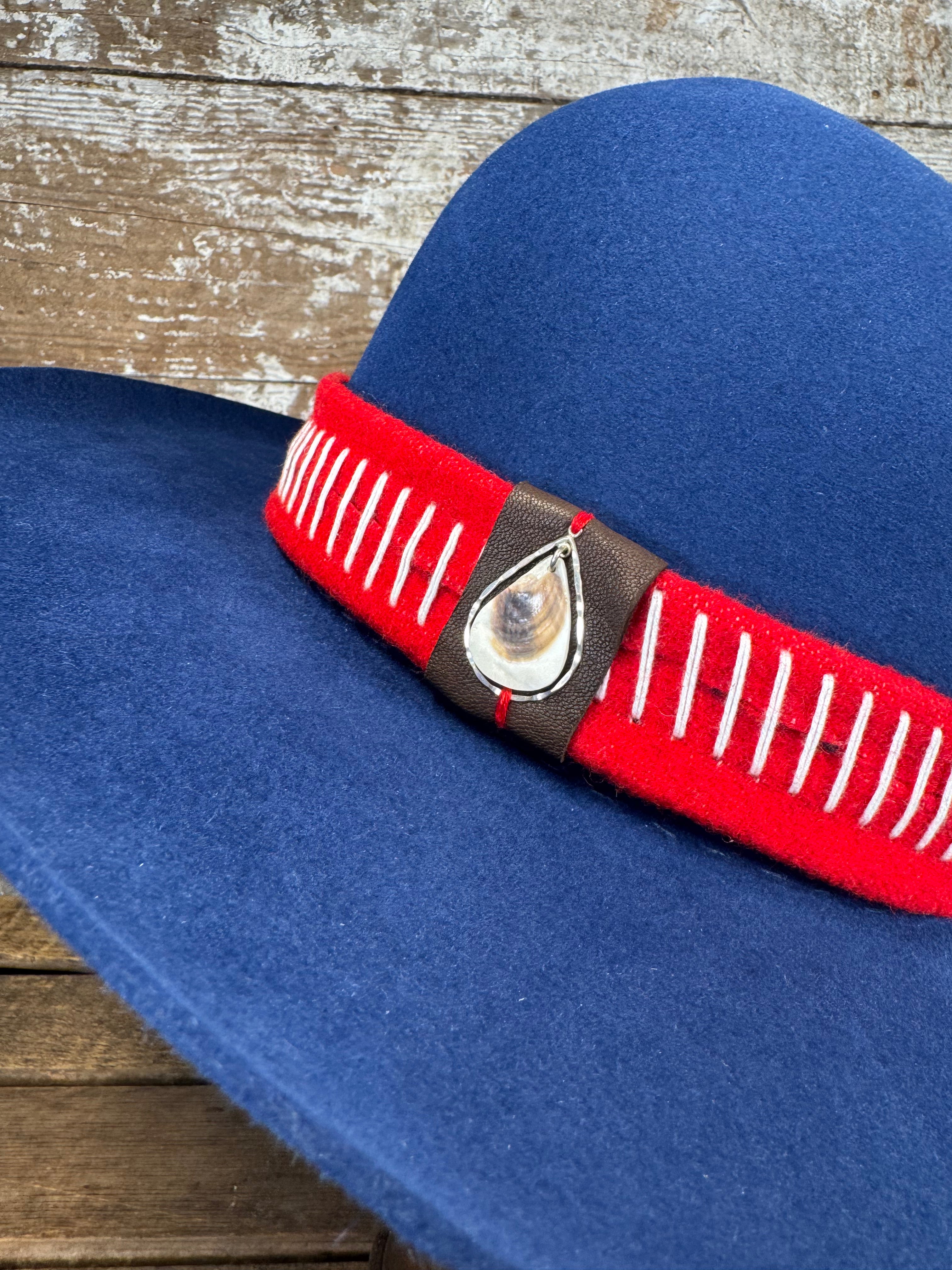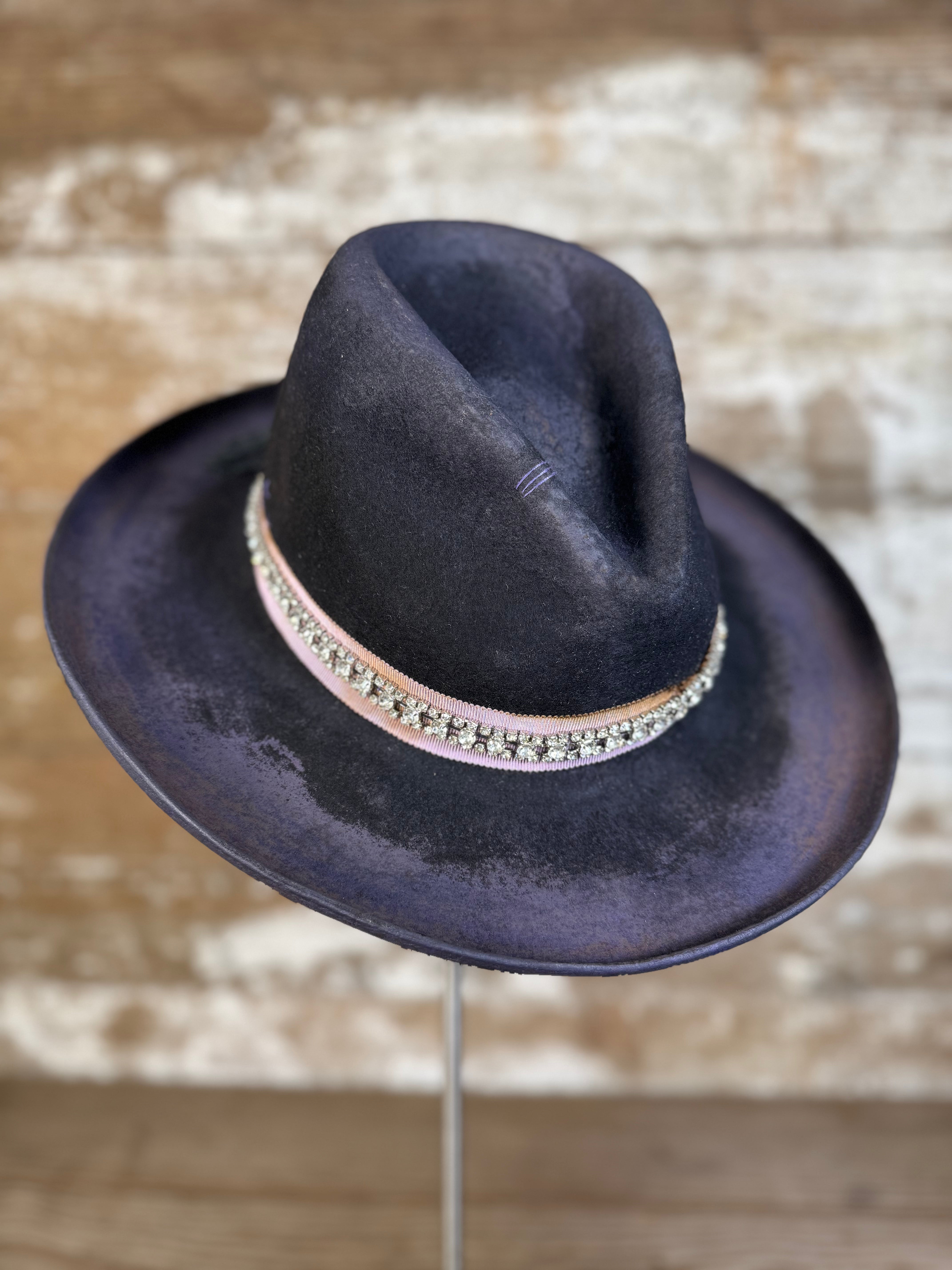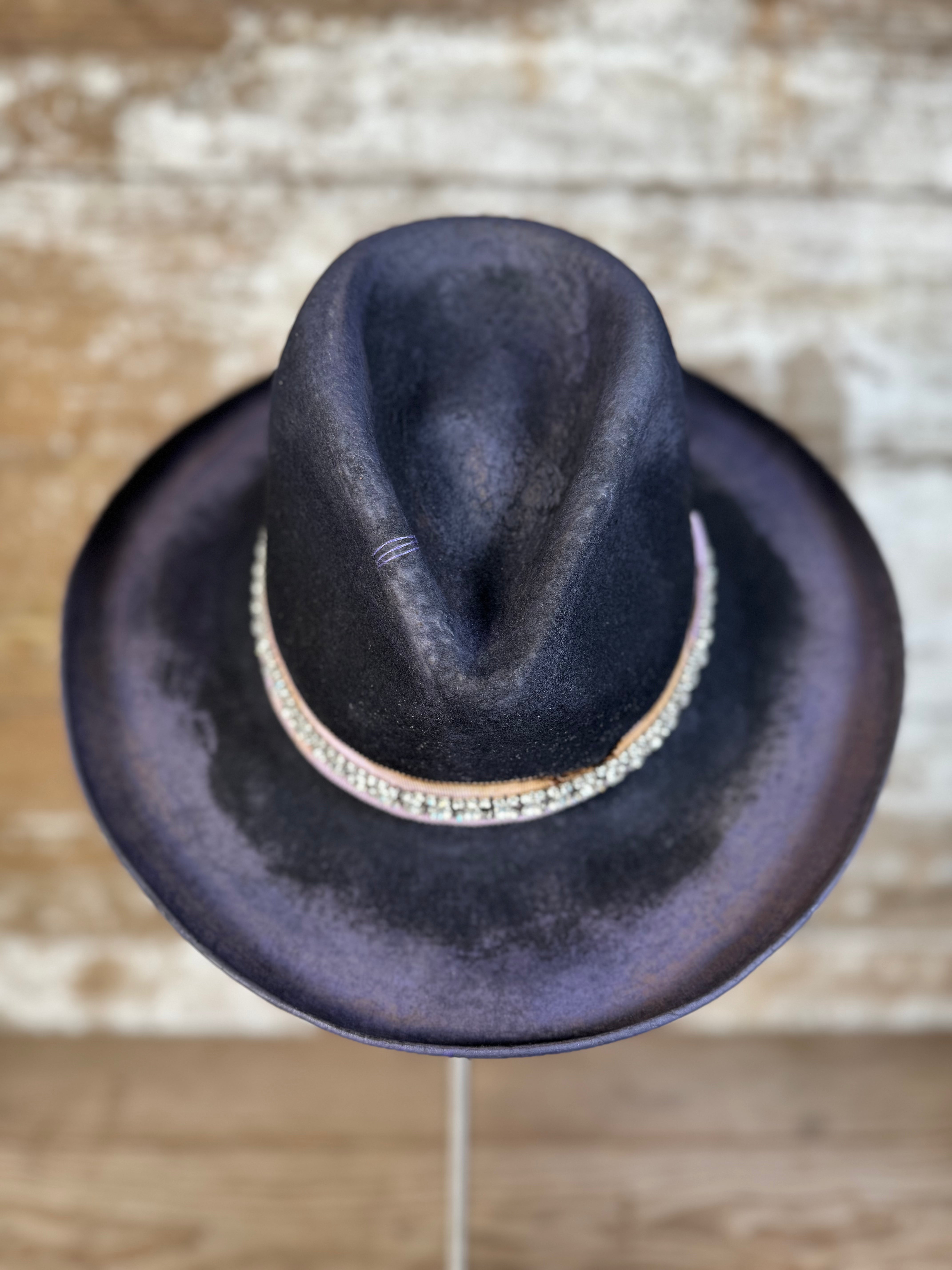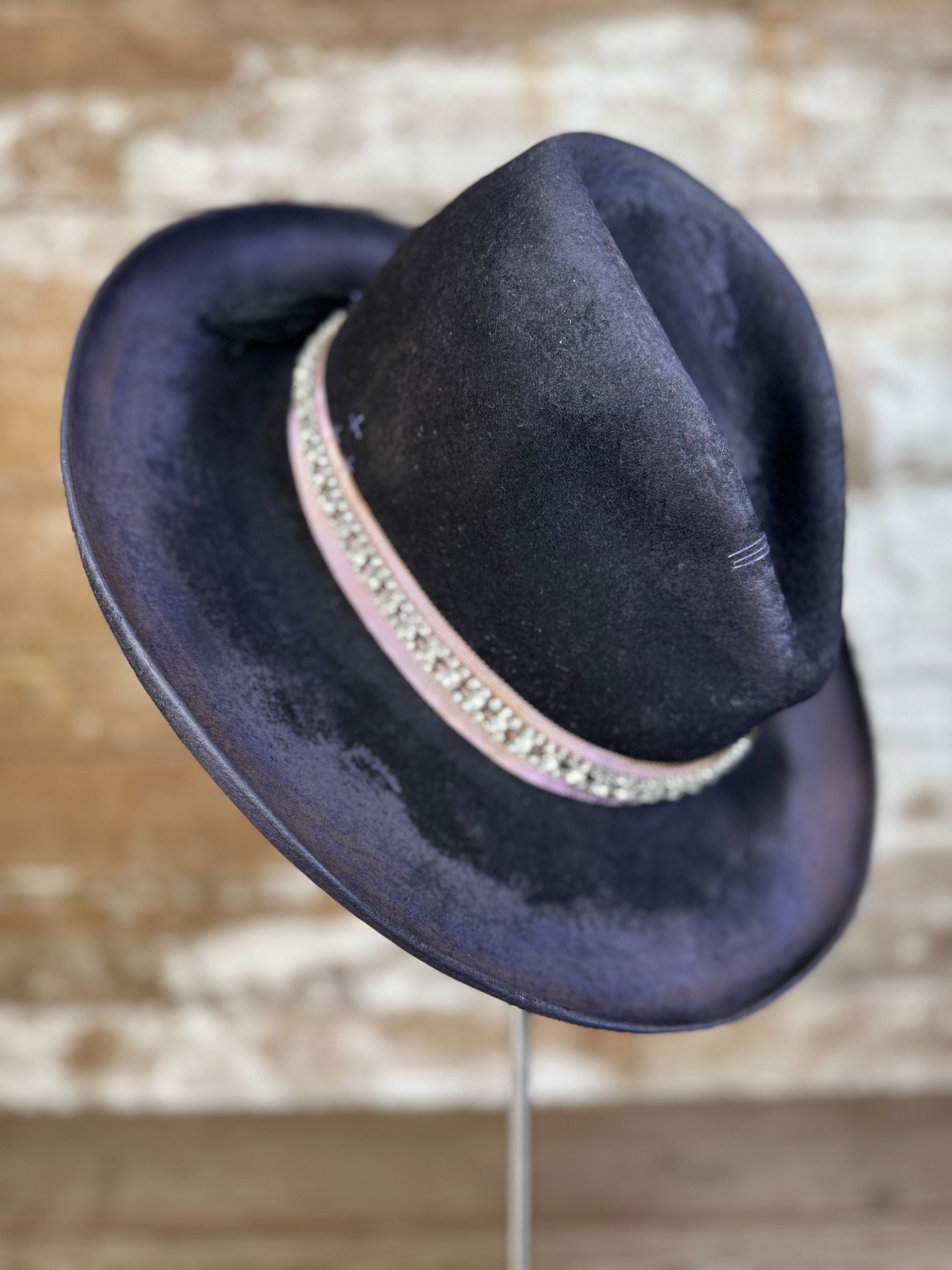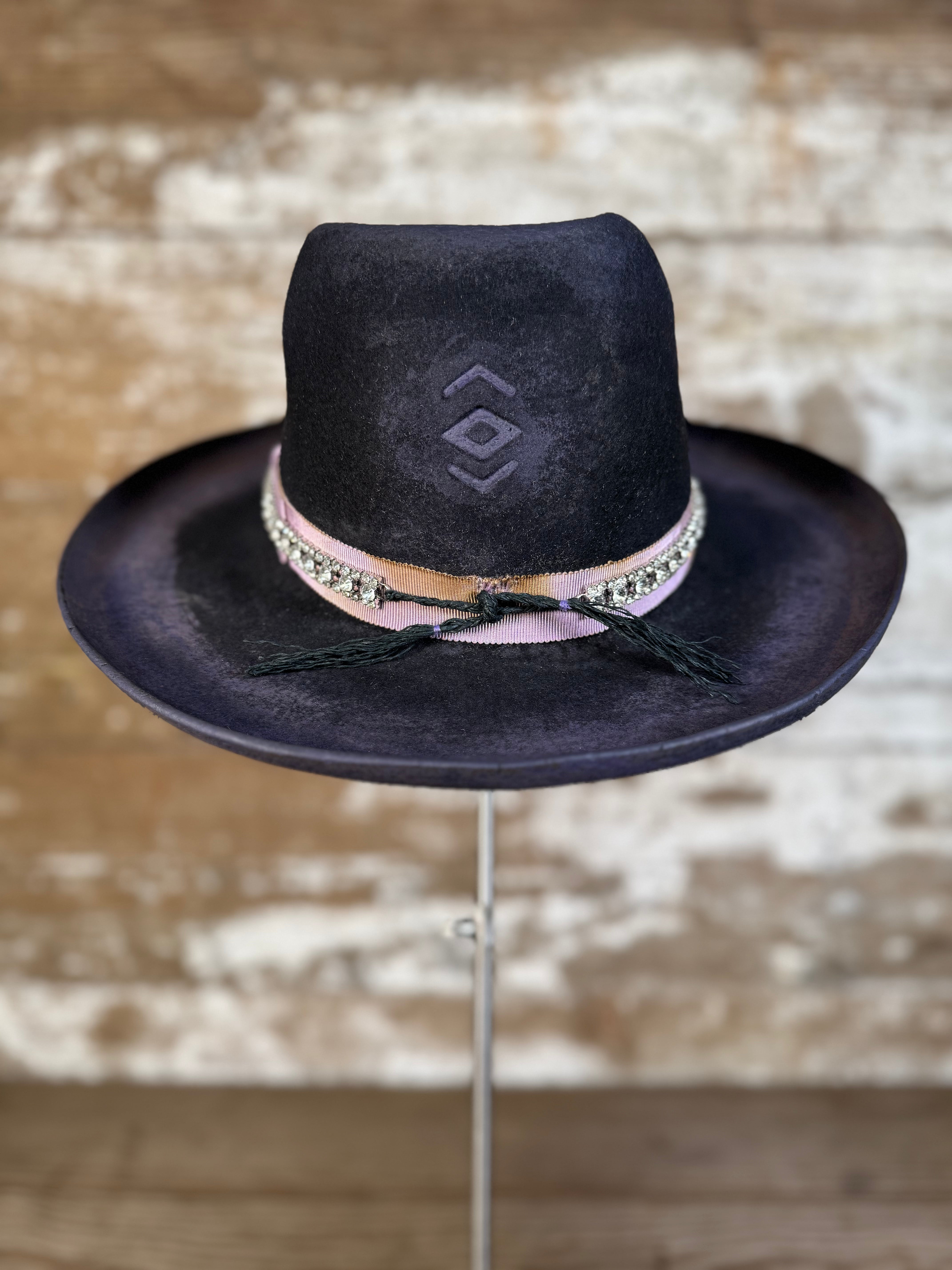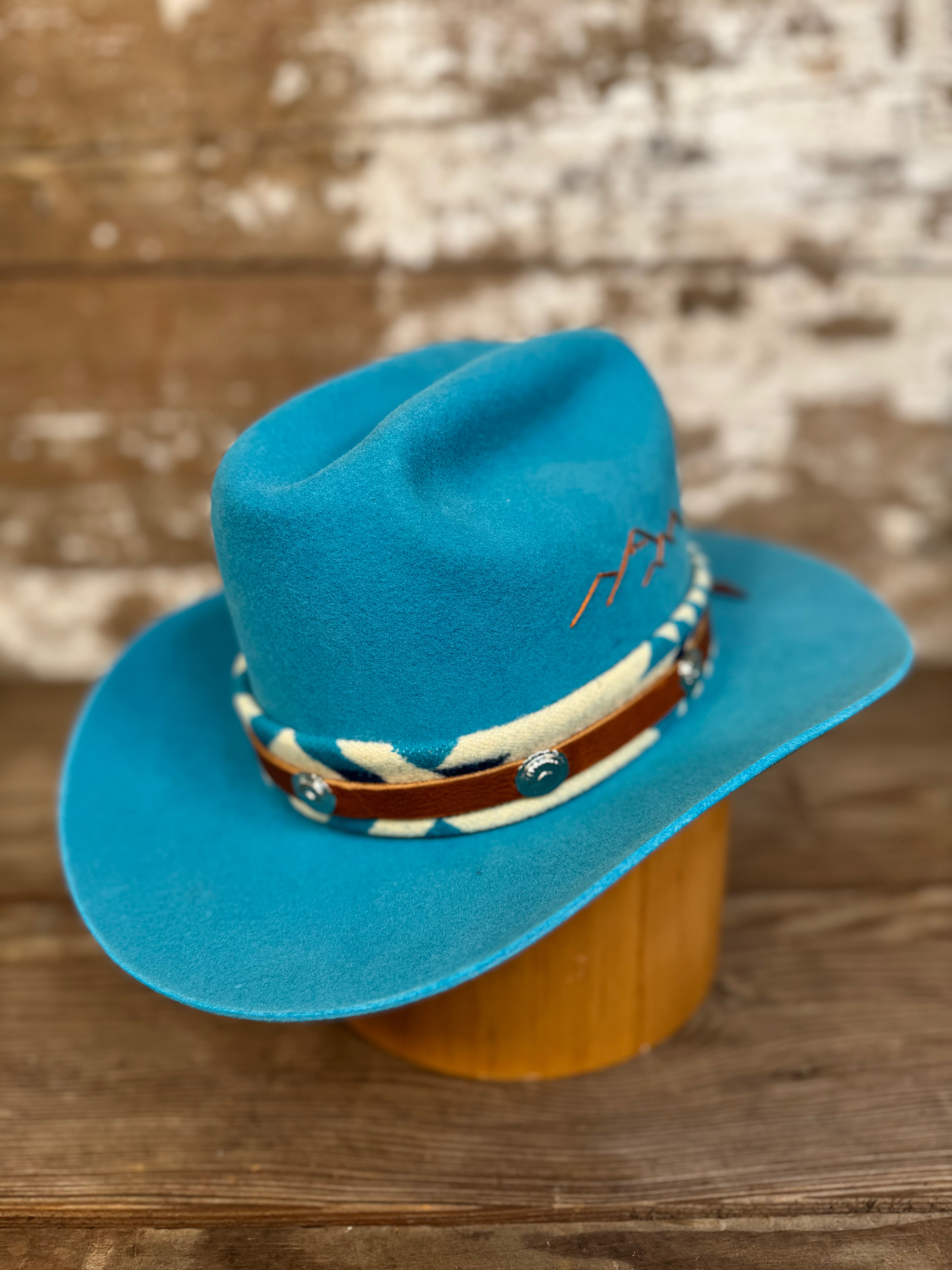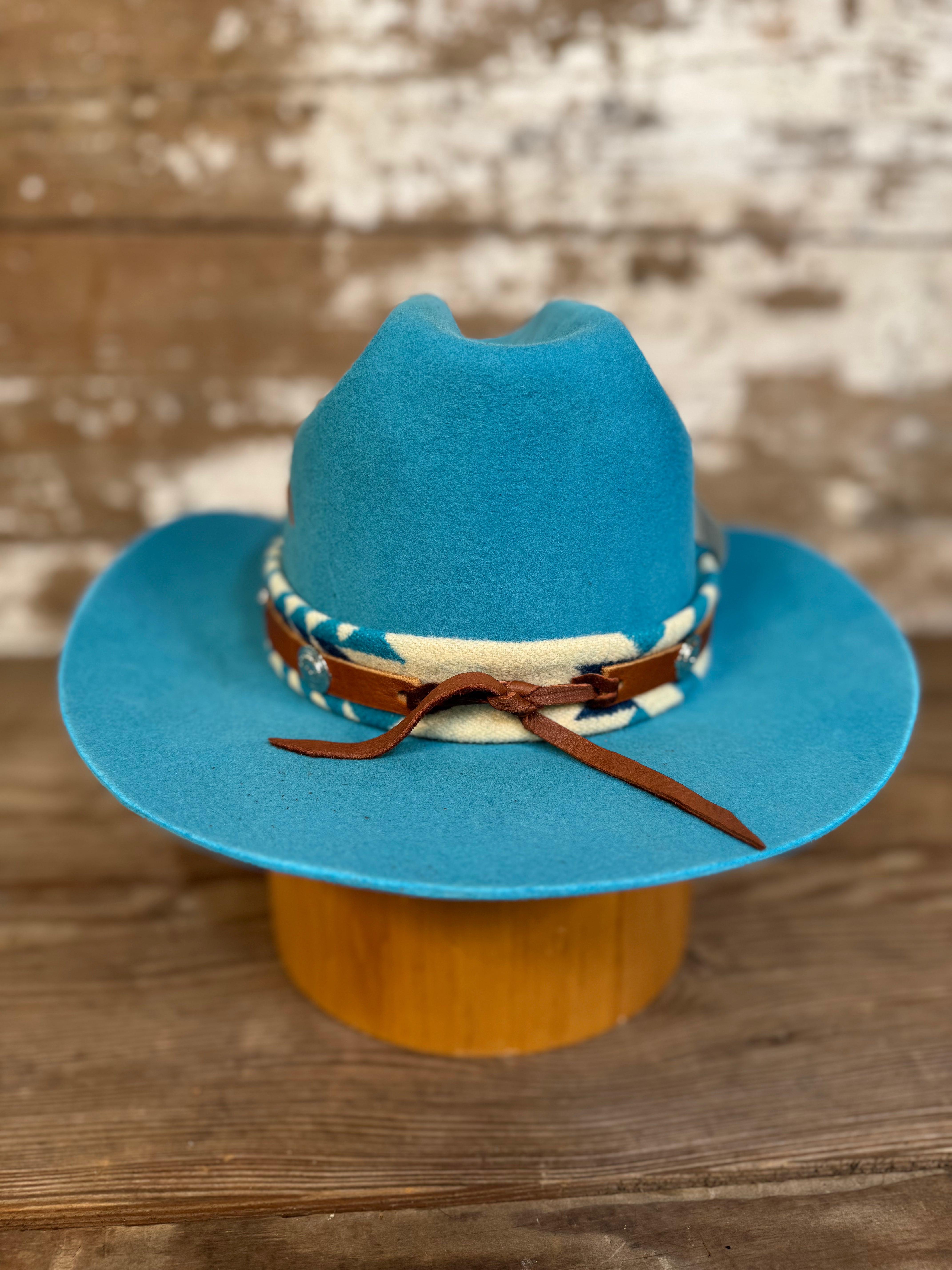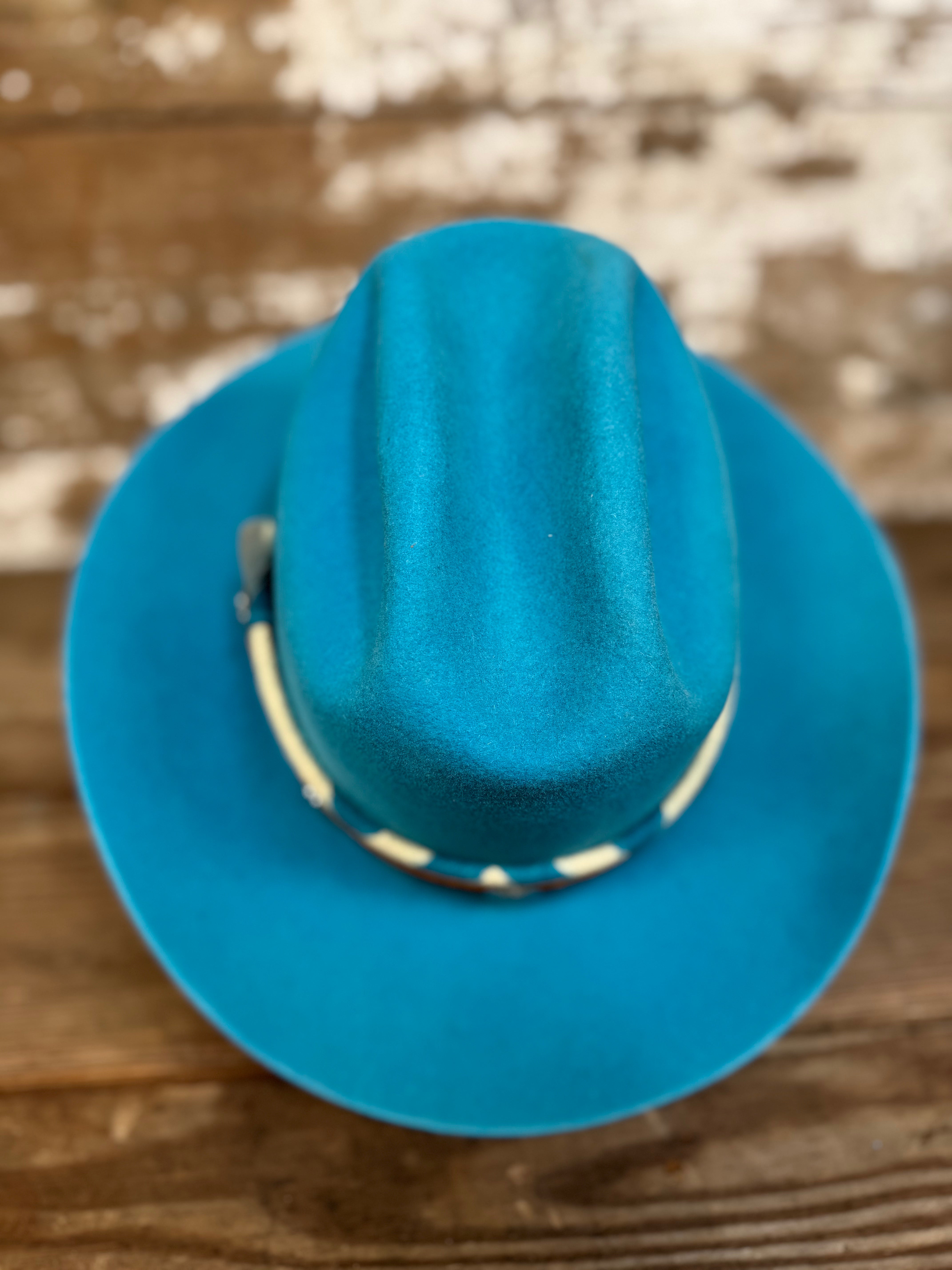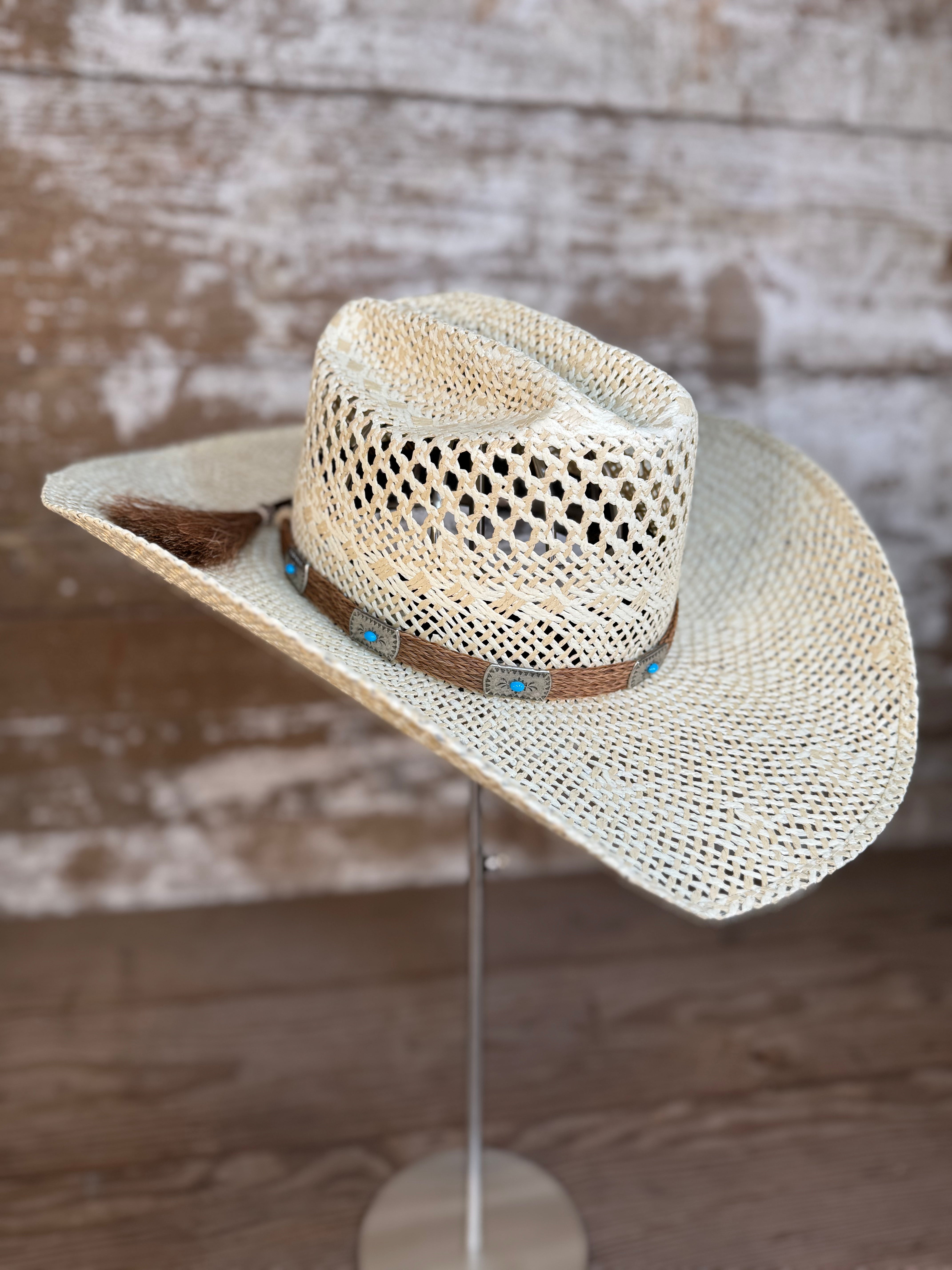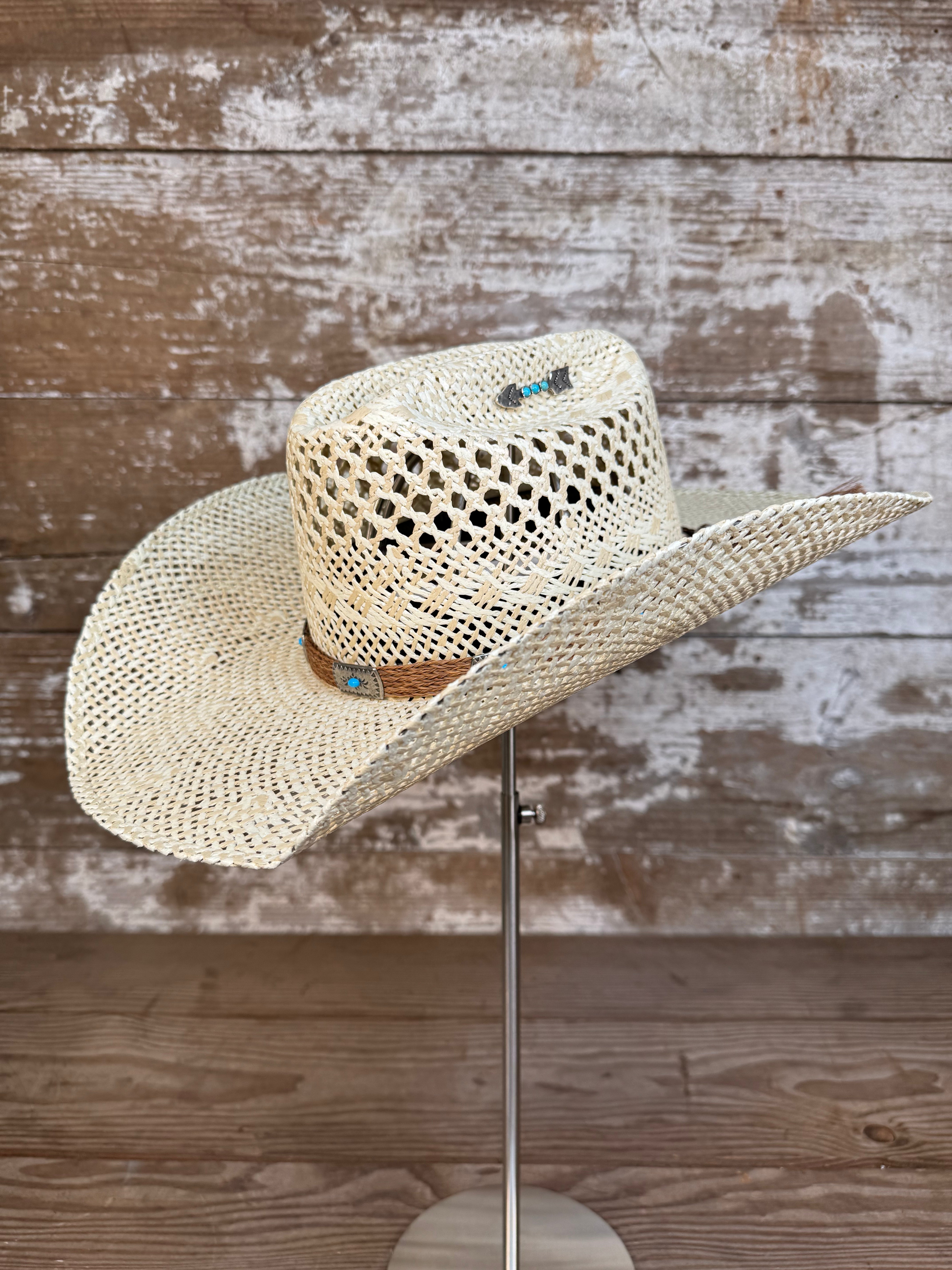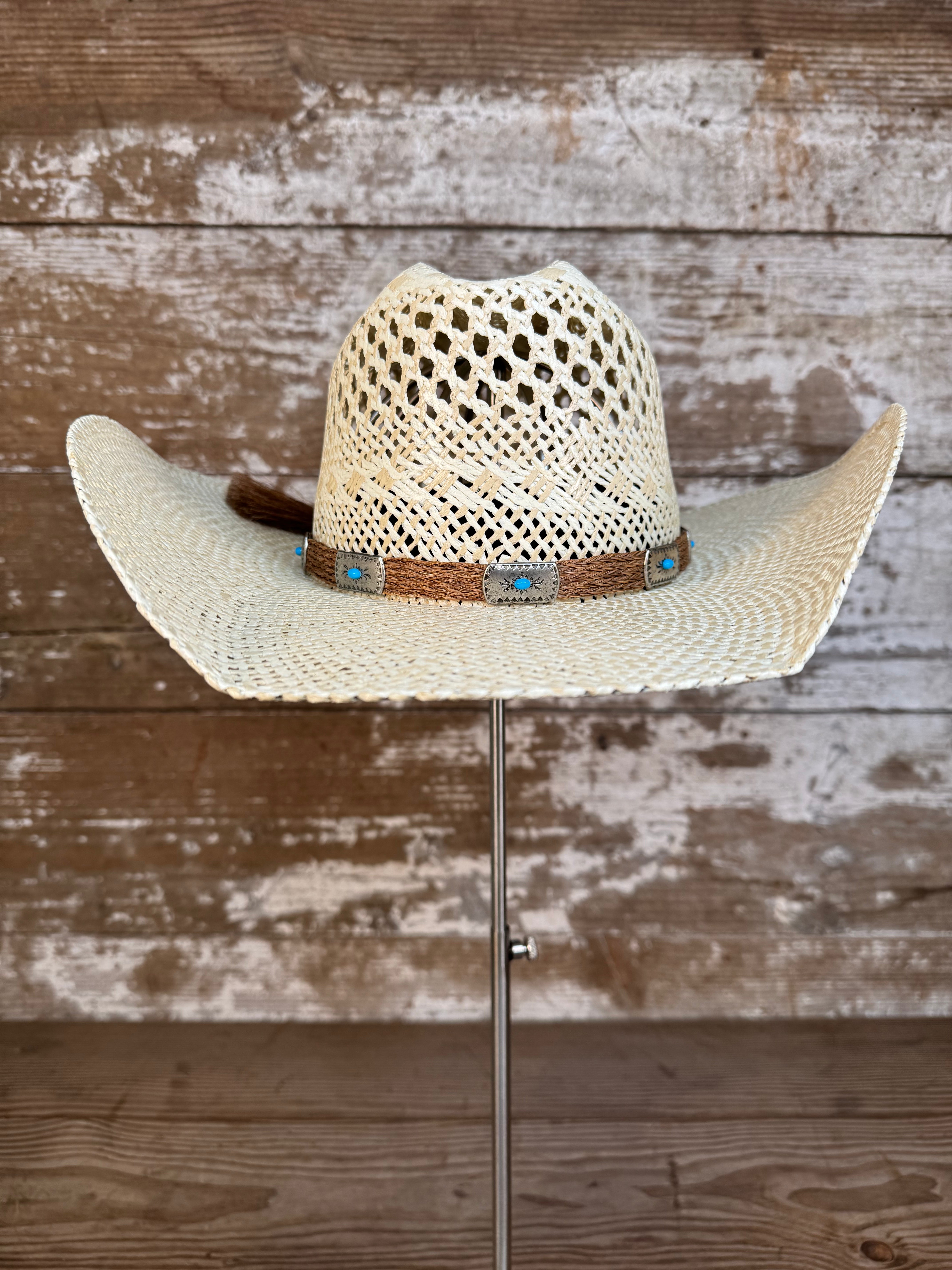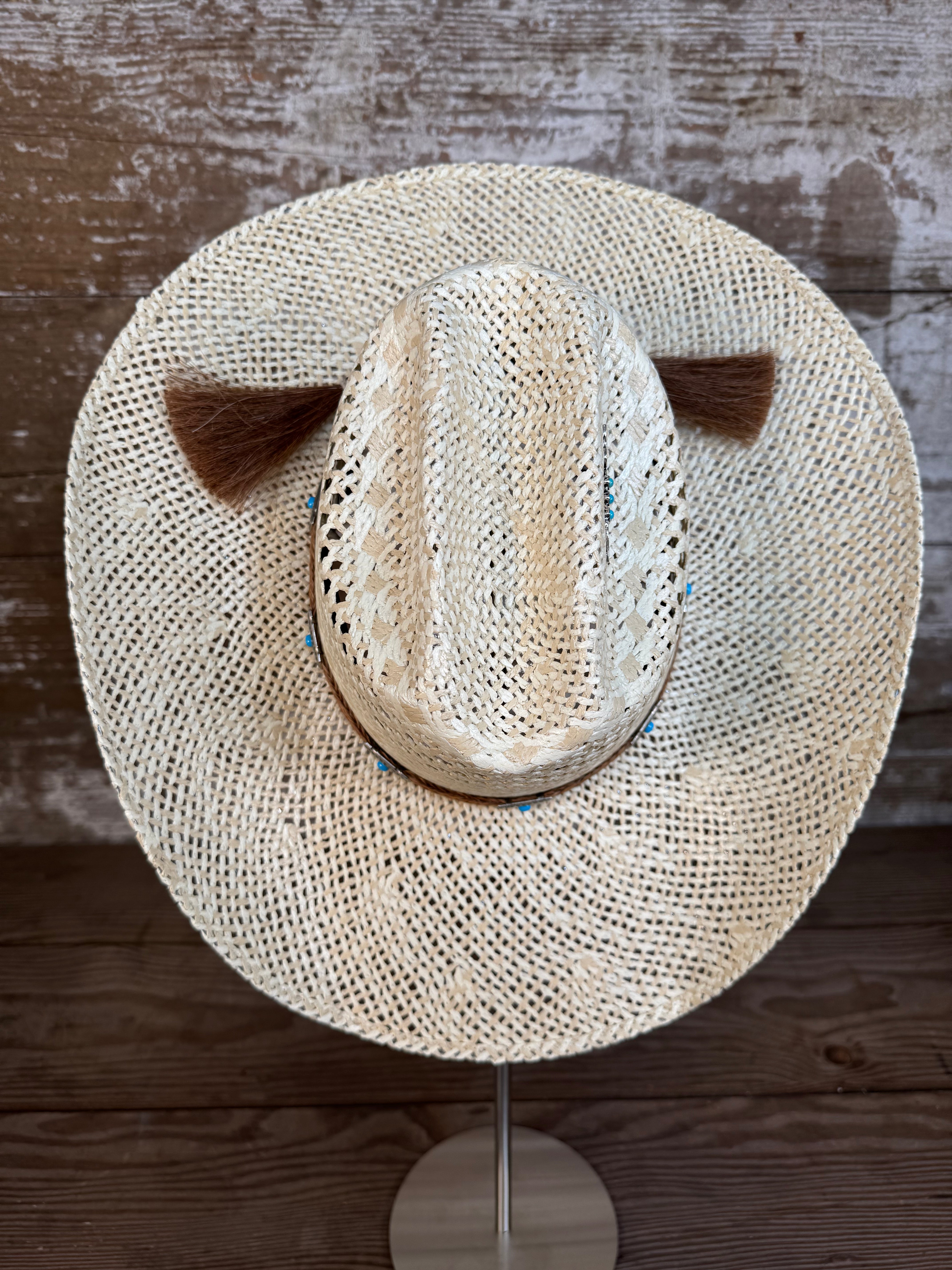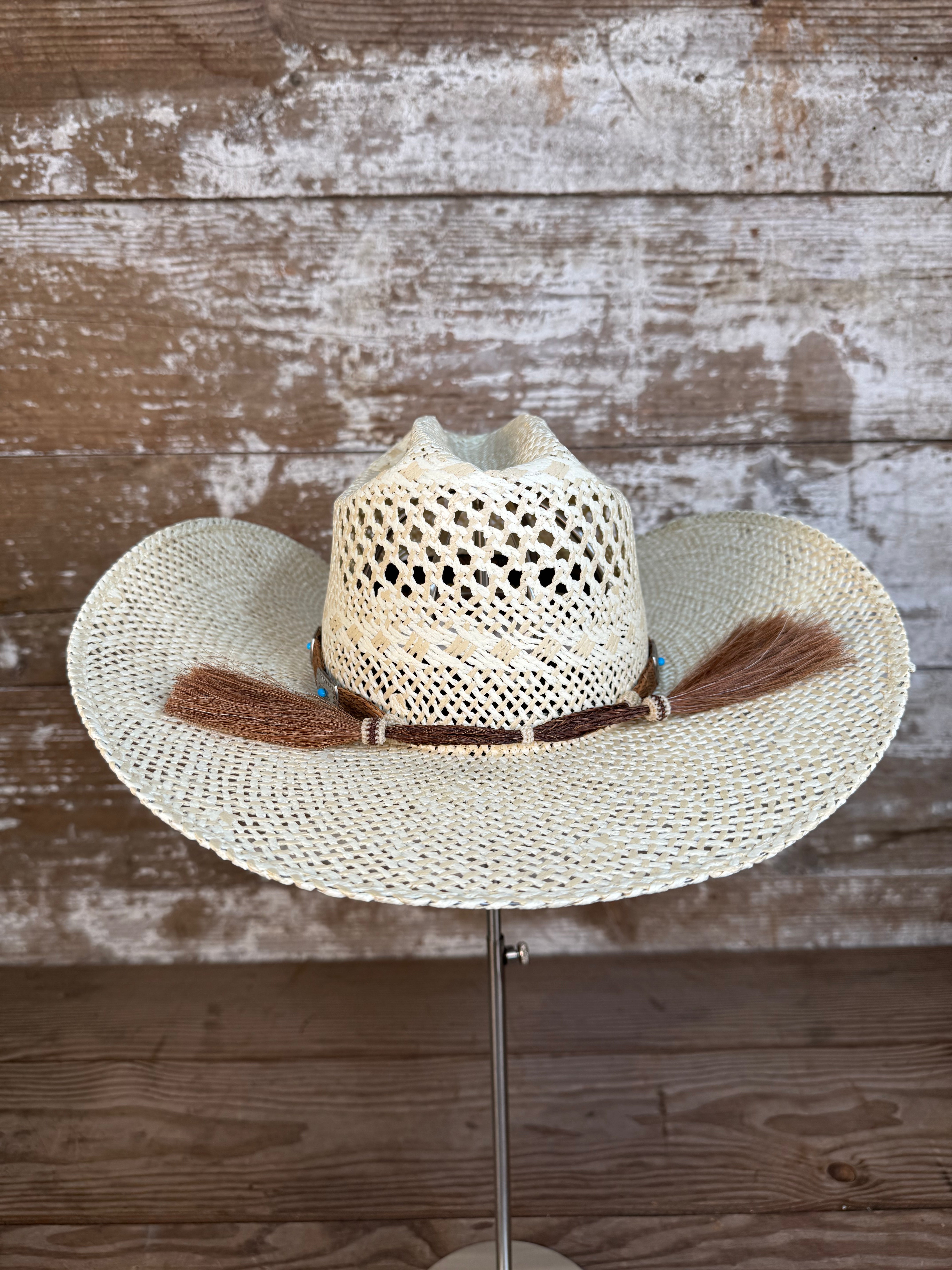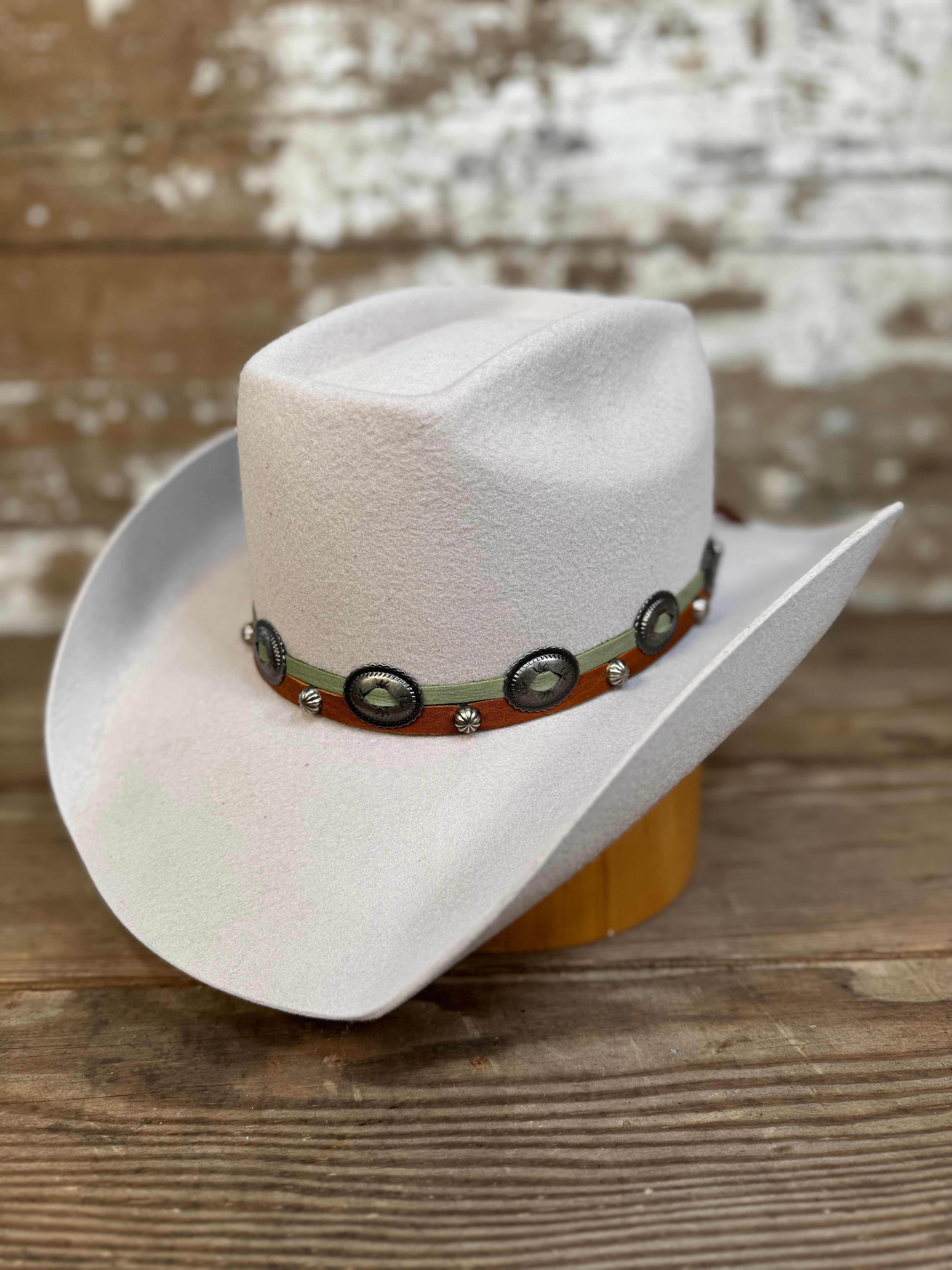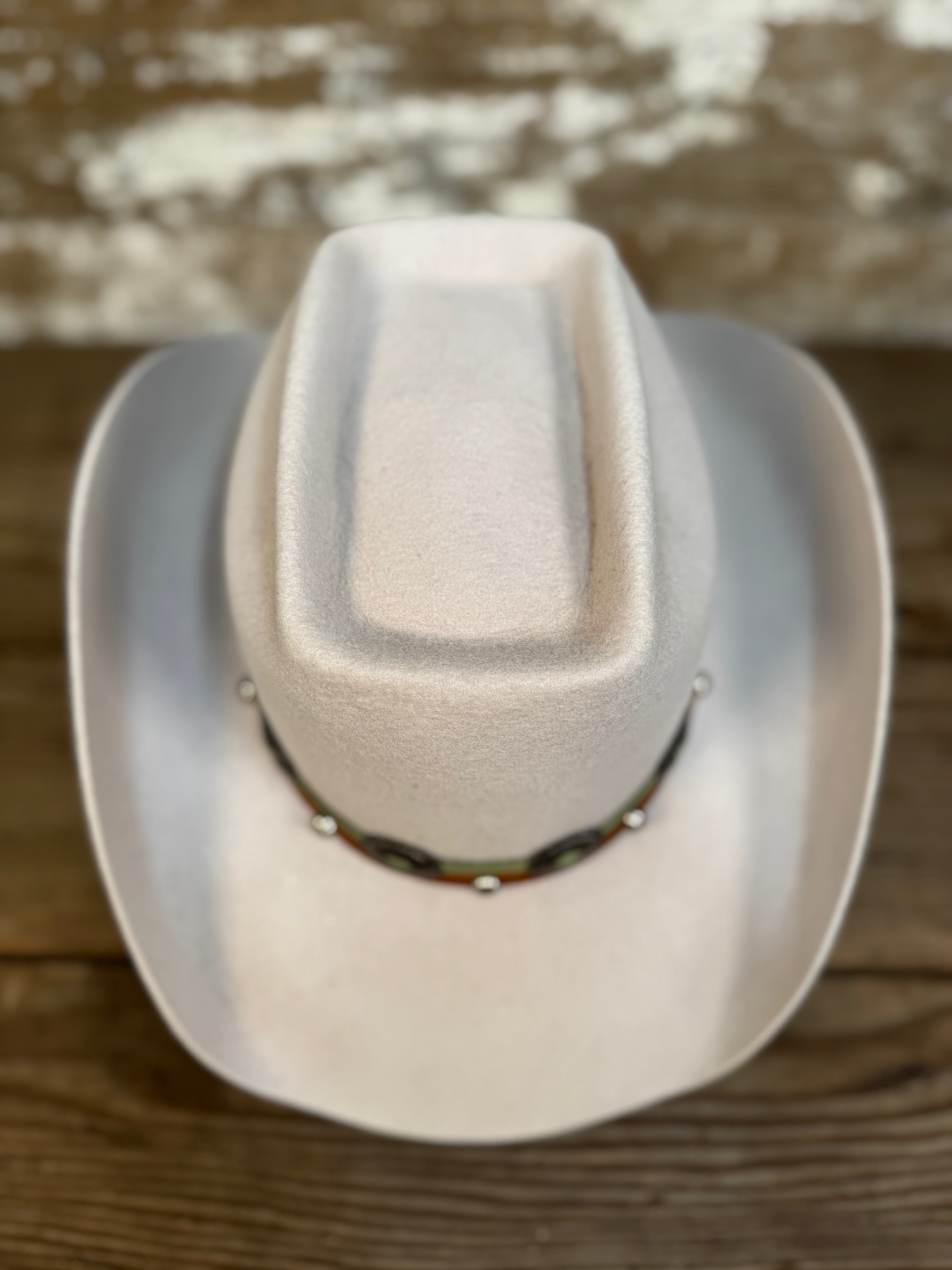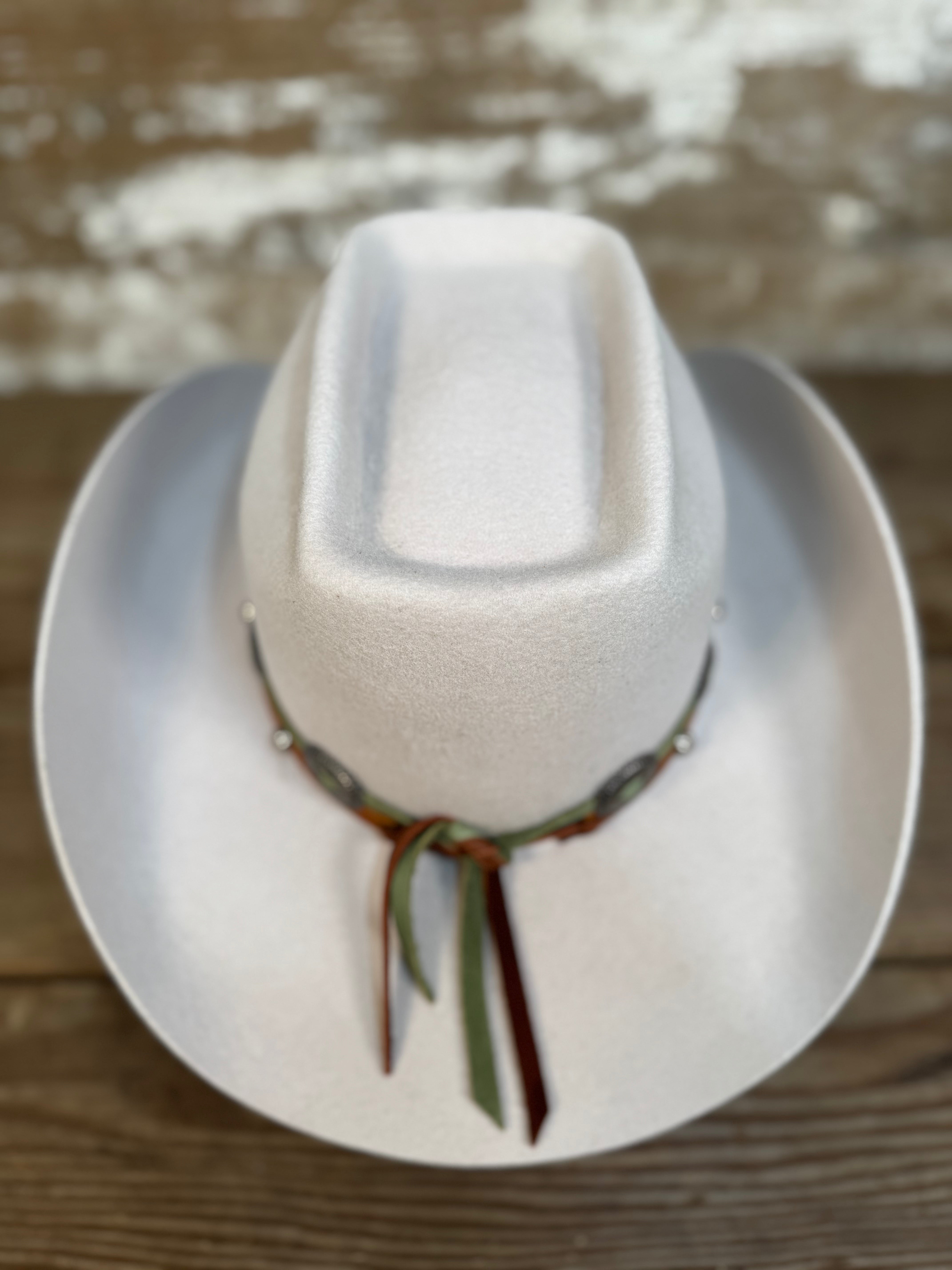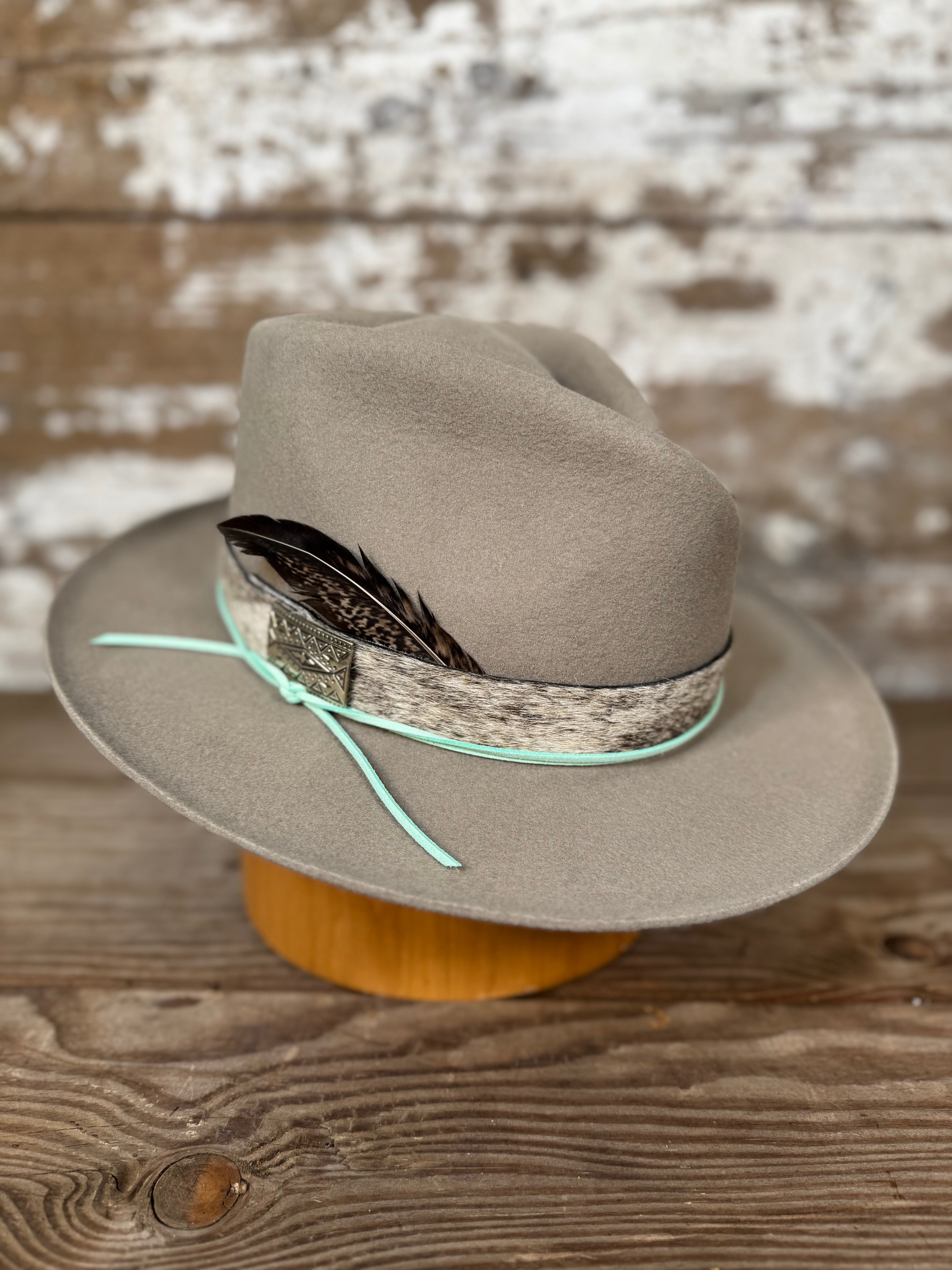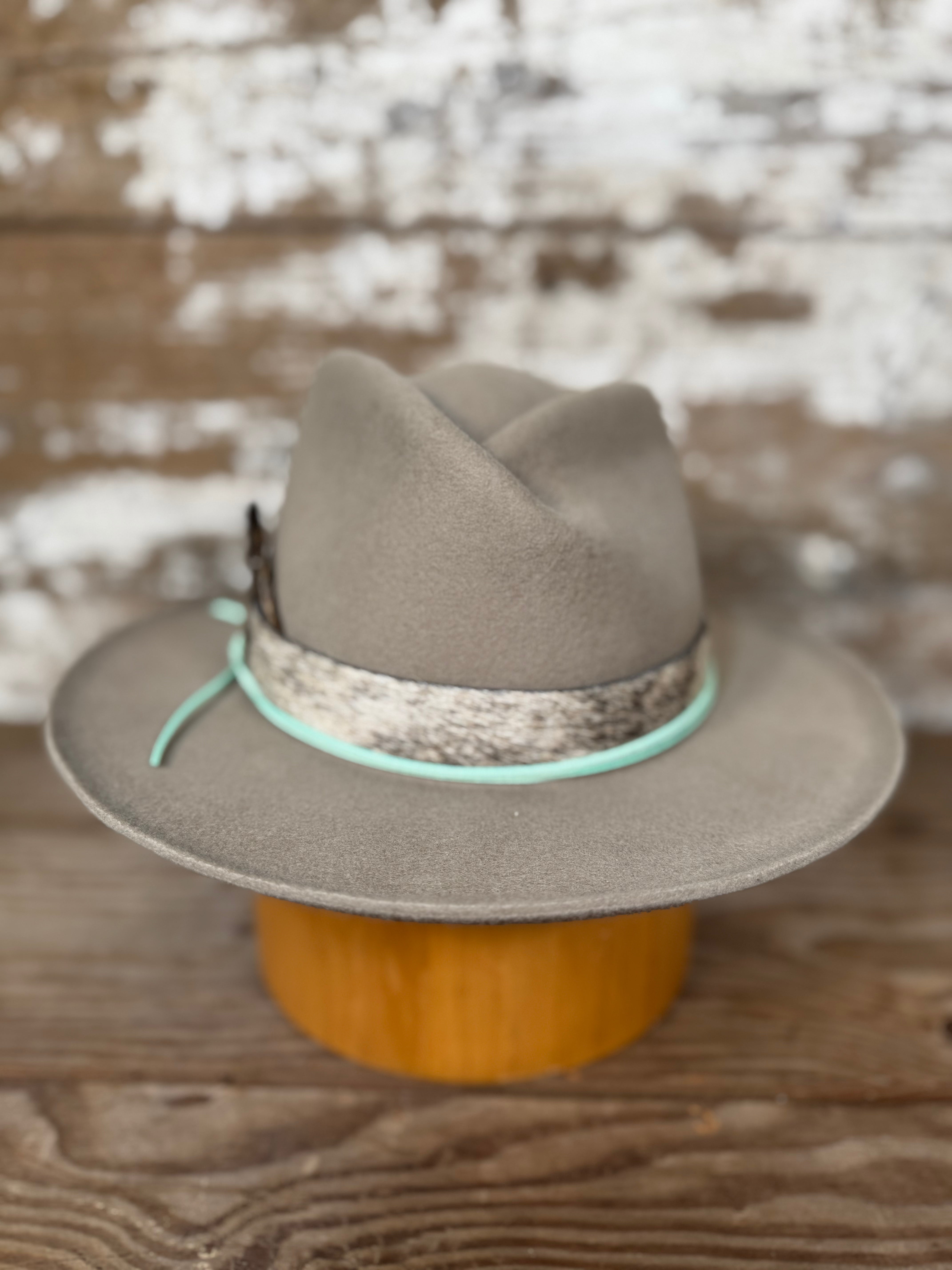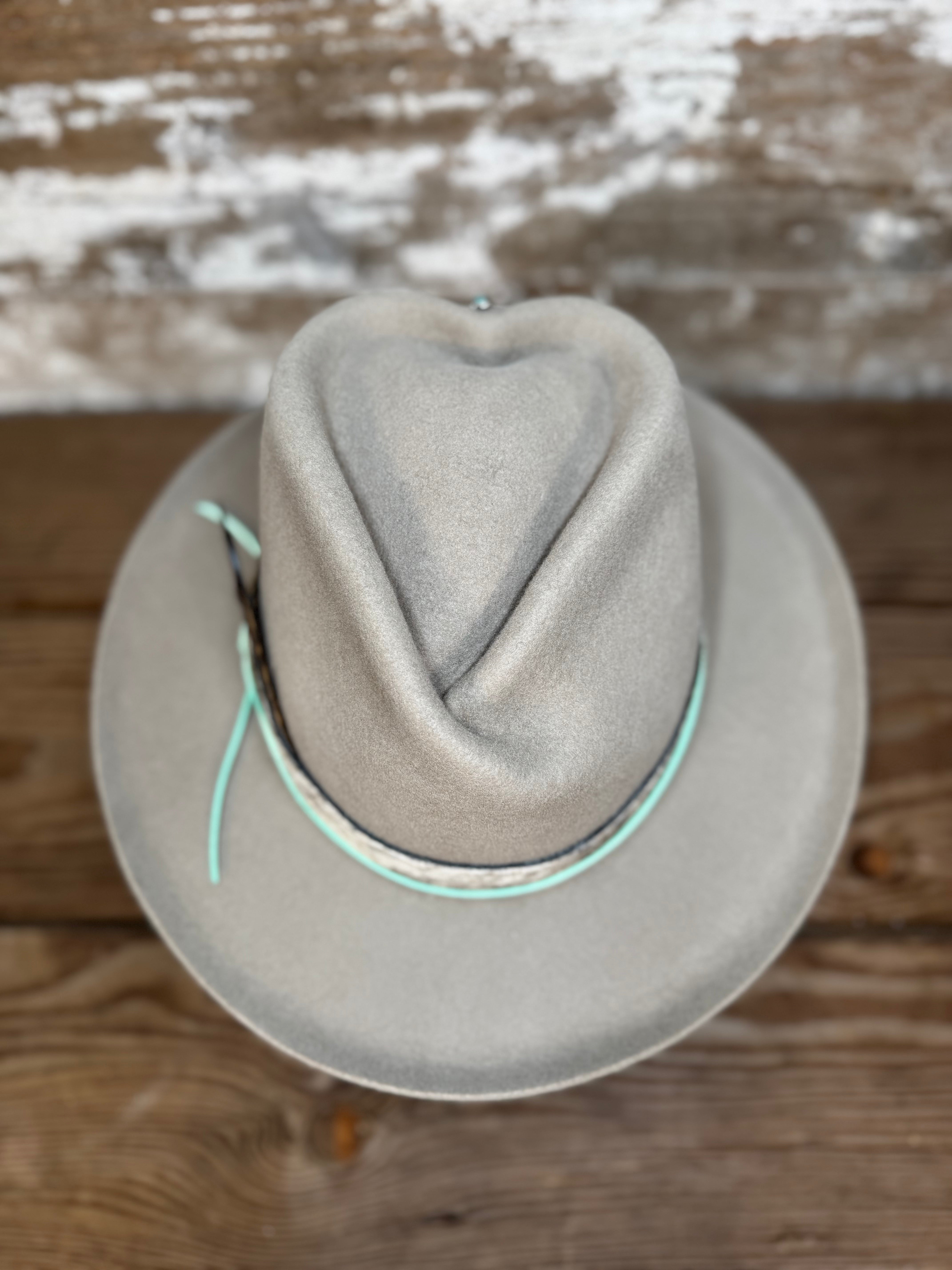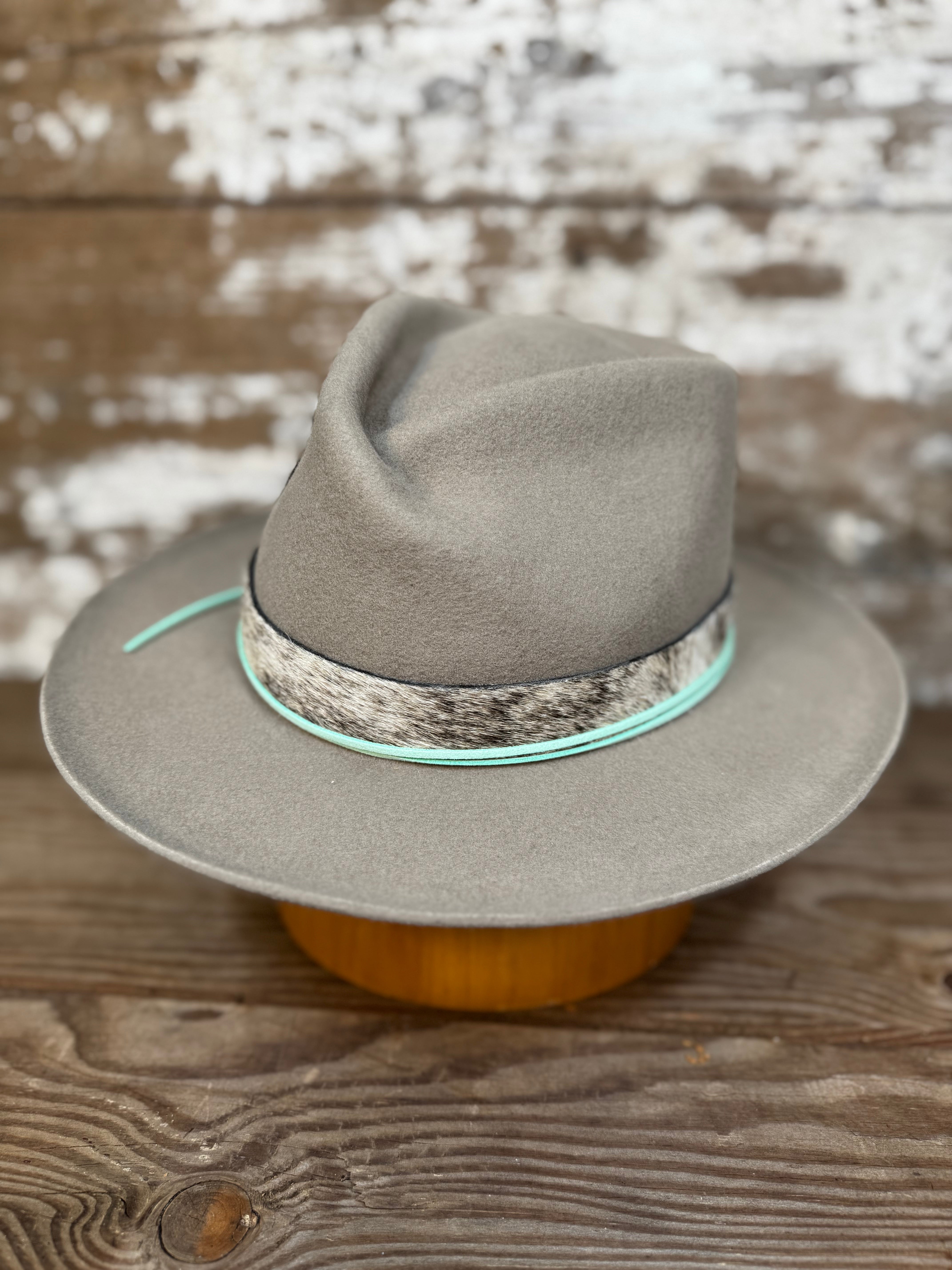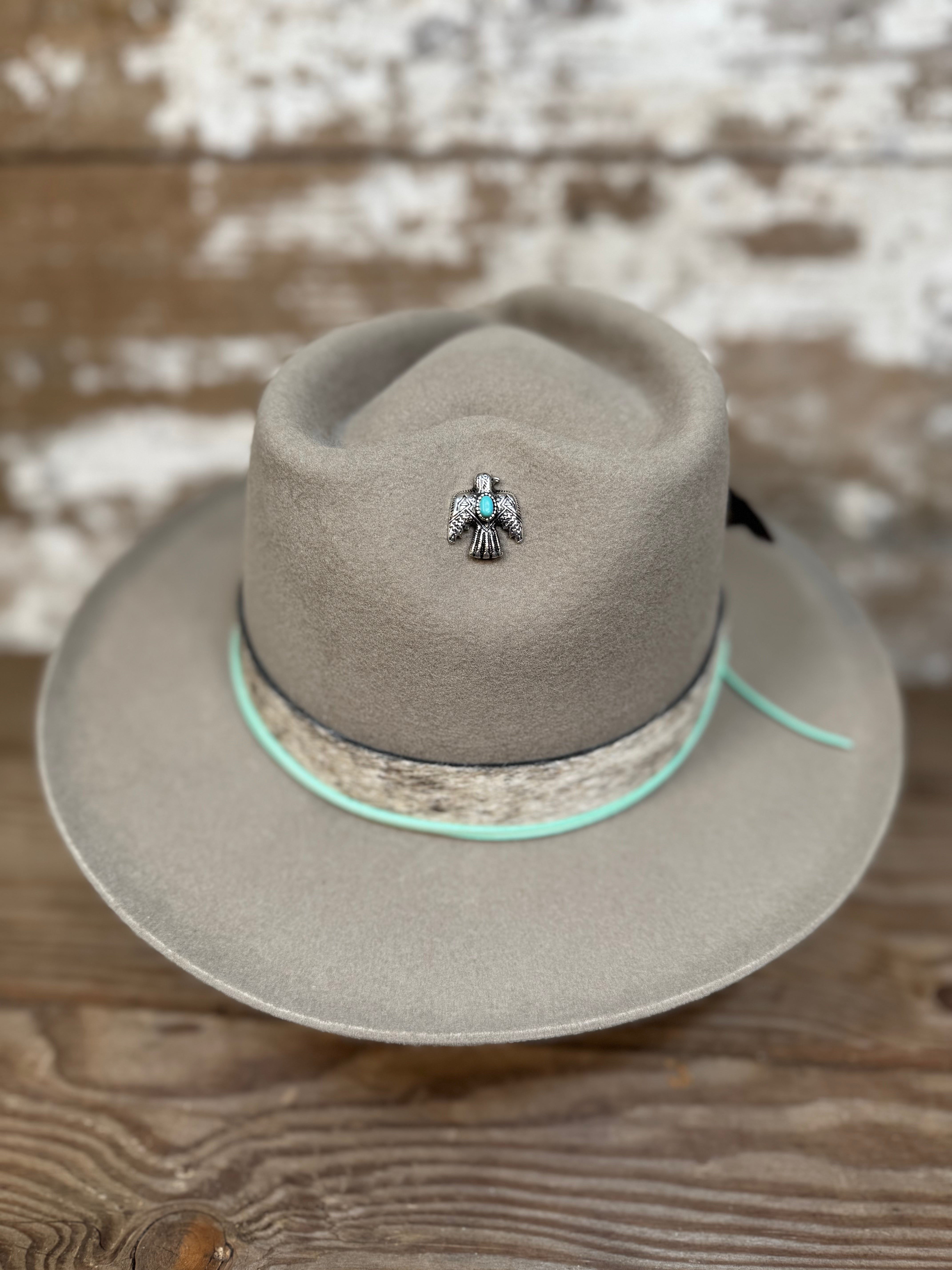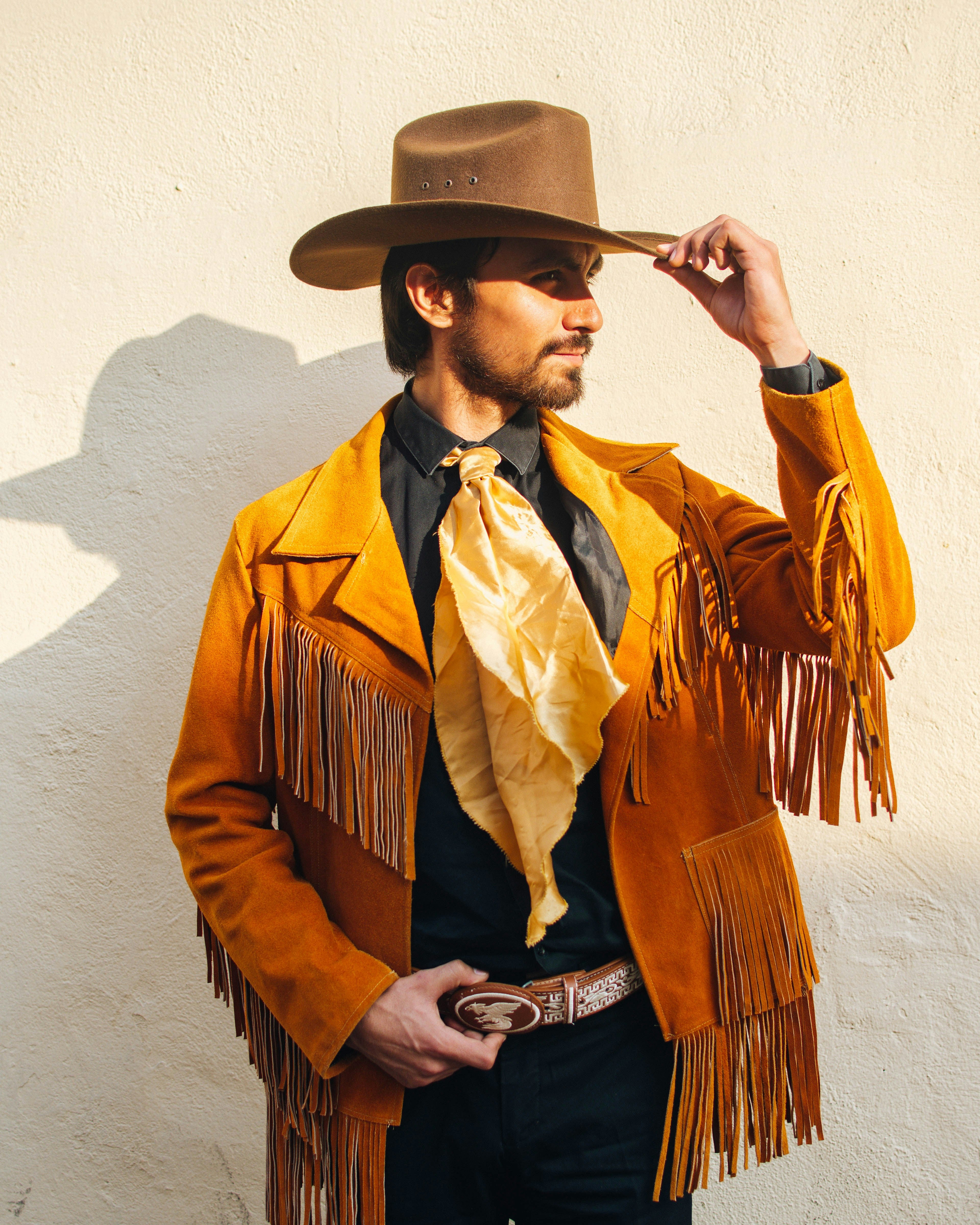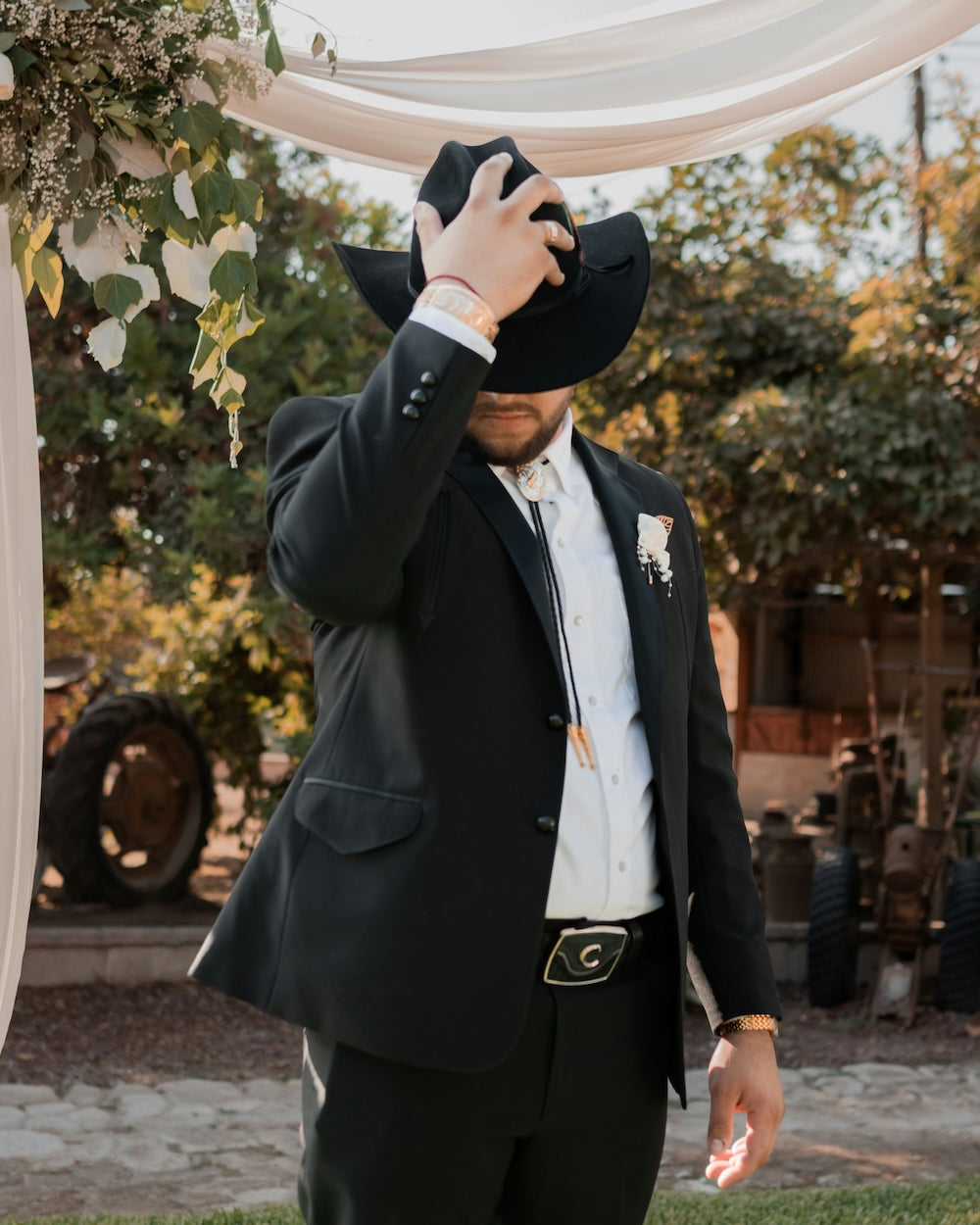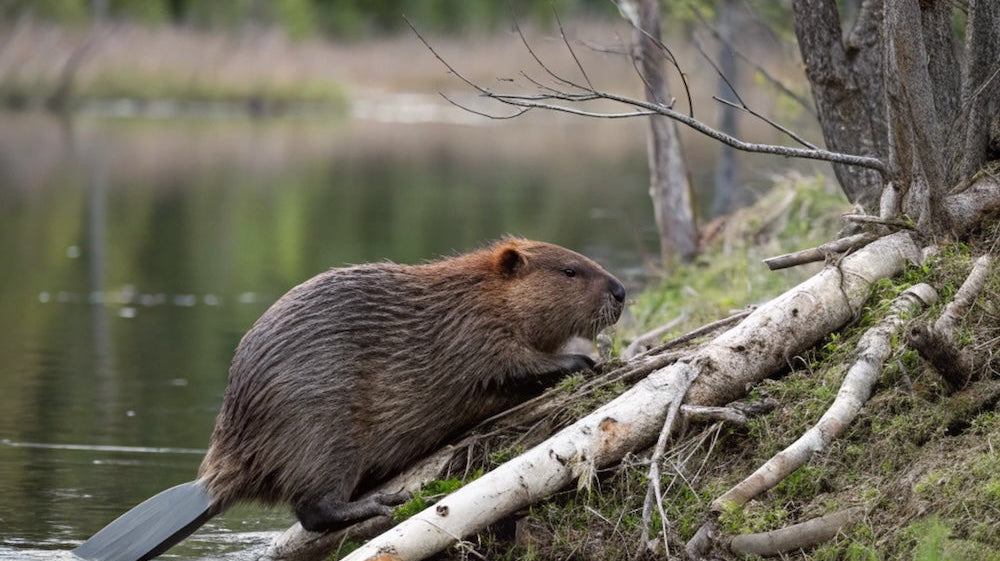Each Hitmaker Hat is blocked, shaped, and finished by hand in Oregon. We work with premium beaver, nutria, and rabbit felts to create cowboy hats, fedoras, and modern classics built for life on the road or in the city.
Style with Backbone
We make hats that stand for something. They’re bold, personal, and built to leave a mark.
We don’t do floppy, flimsy, or forgettable. Our hats have presence, the kind that turns heads, starts stories, and holds up for the long haul. If you’ve got something to say, start with your hat.
Heritage Without the Homework
We respect where it all came from, but we’re not here to give lectures. We’re here to make it yours.
We care about where hats come from but we’re not precious about it. We take what’s worth keeping, leave the rest, and make it modern. No gatekeeping, no lectures, just good hats.
We’re Not Happy Till You Are
A good hat is personal and buying one should feel that way too.
We’re here to answer questions, tweak the fit, and make things right if they’re not. It’s a big decision, and we treat it like one. Real support from real people who want you to love what you wear.
Field Notes
What the Land Teaches the Hand
Amid all our acceleration, there remains the simple fact that the world is still worthy of care. Wendell Berry’s fields and Nick Offerman’s forests both remind us that reverence is learned through work, not wonder alone. The carpenter’s grain, the hatmaker’s felt, the farmer’s furrow, each reveals the same quiet truth: beauty survives in what is tended. To work by hand is to make a promise to the world that we will keep showing up for it. That we will keep mending what we can, even as the rest comes undone. Care, in the end, is how we stay human.
Why Beavers Are the Swiss Army Knife of Climate Solutions
Beavers may not look like climate heroes, but their dams do the work of billion-dollar infrastructure. By slowing streams, they store water during drought, buffer floods, create fire-resistant wetlands, and build rich habitats for fish and birds. Their ponds even support agriculture by recharging aquifers and nourishing soils. If beavers were a new technology, we’d call them revolutionary. In reality, they’re proof that sometimes the best climate solutions come not from machines, but from letting nature get back to work.
Soft Gold on the Columbia: Sauvie Island’s Role in the Beaver Boom
Sauvie Island, nestled between the Columbia River and Multnomah Channel, played a brief but pivotal role in the 19th-century beaver fur trade. In the 1830s, it was home to Fort William, an American outpost aimed at intercepting pelts bound for the British-controlled Hudson’s Bay Company. Its location made it a chokepoint for furs moving from the Willamette Valley and inland Columbia Basin to the Pacific, where they entered the China Circuit and eventually became fashionable beaver felt hats in Europe. Heavy trapping devastated local beaver populations and altered Sauvie’s wetlands, leaving a lasting ecological mark. Today, the island’s farms and wildlife refuges conceal a past deeply tied to global commerce and the era of “soft gold.”





